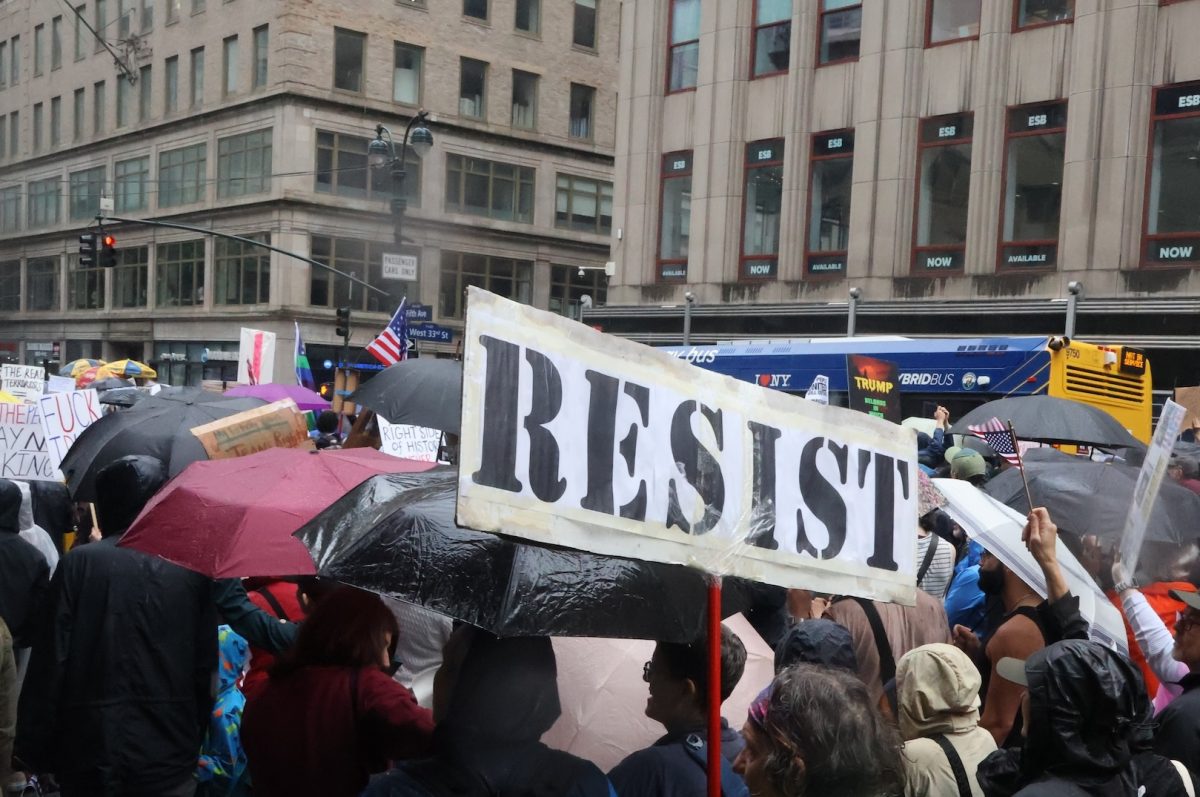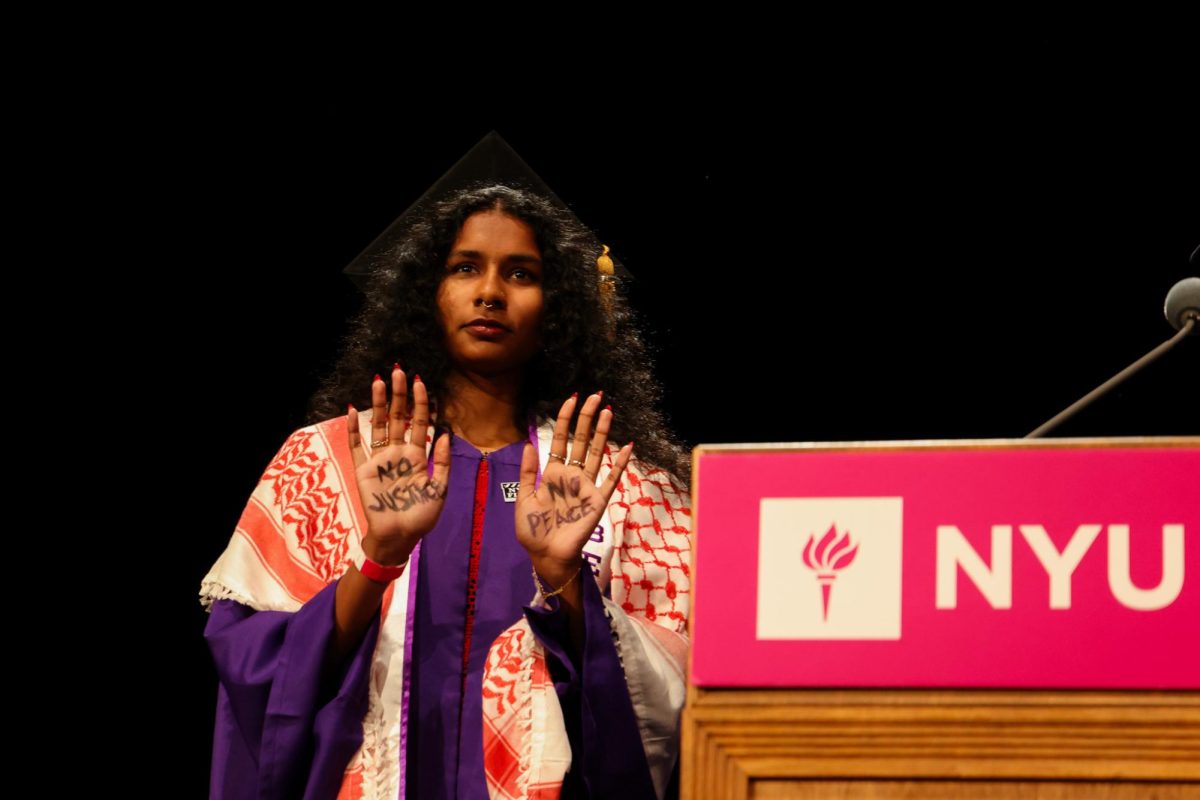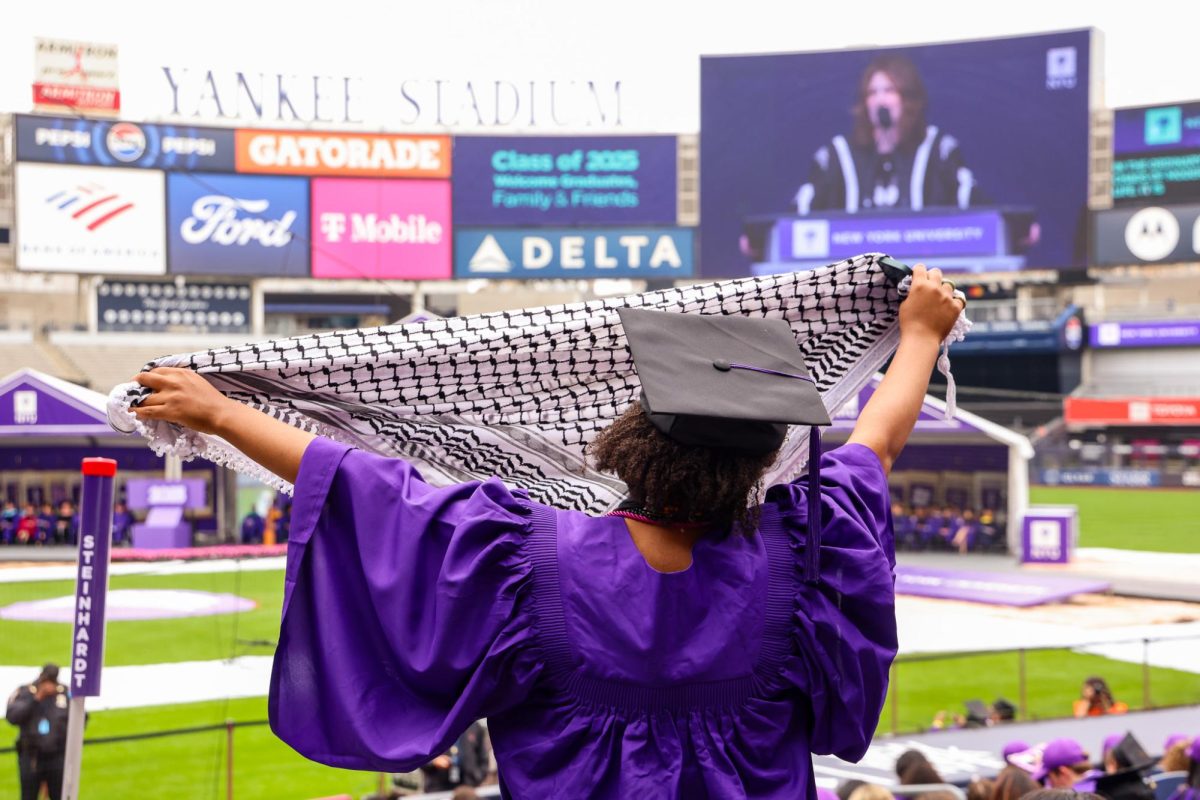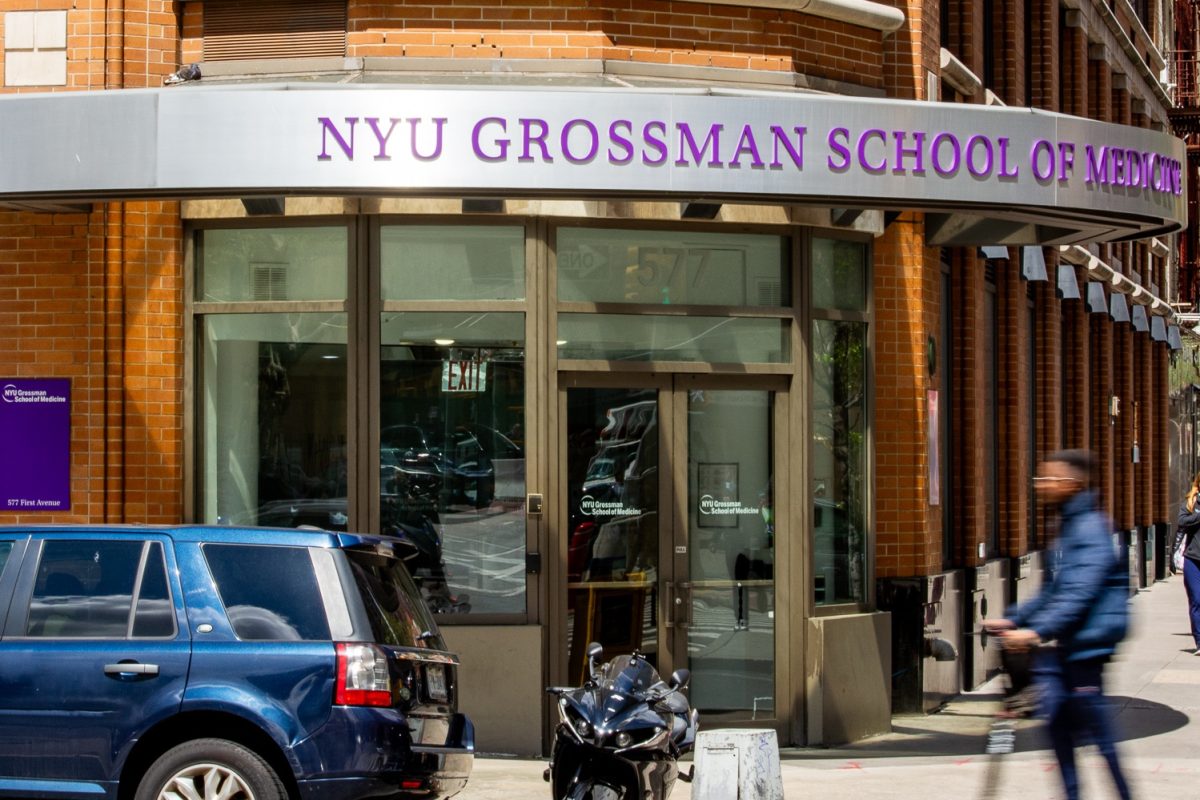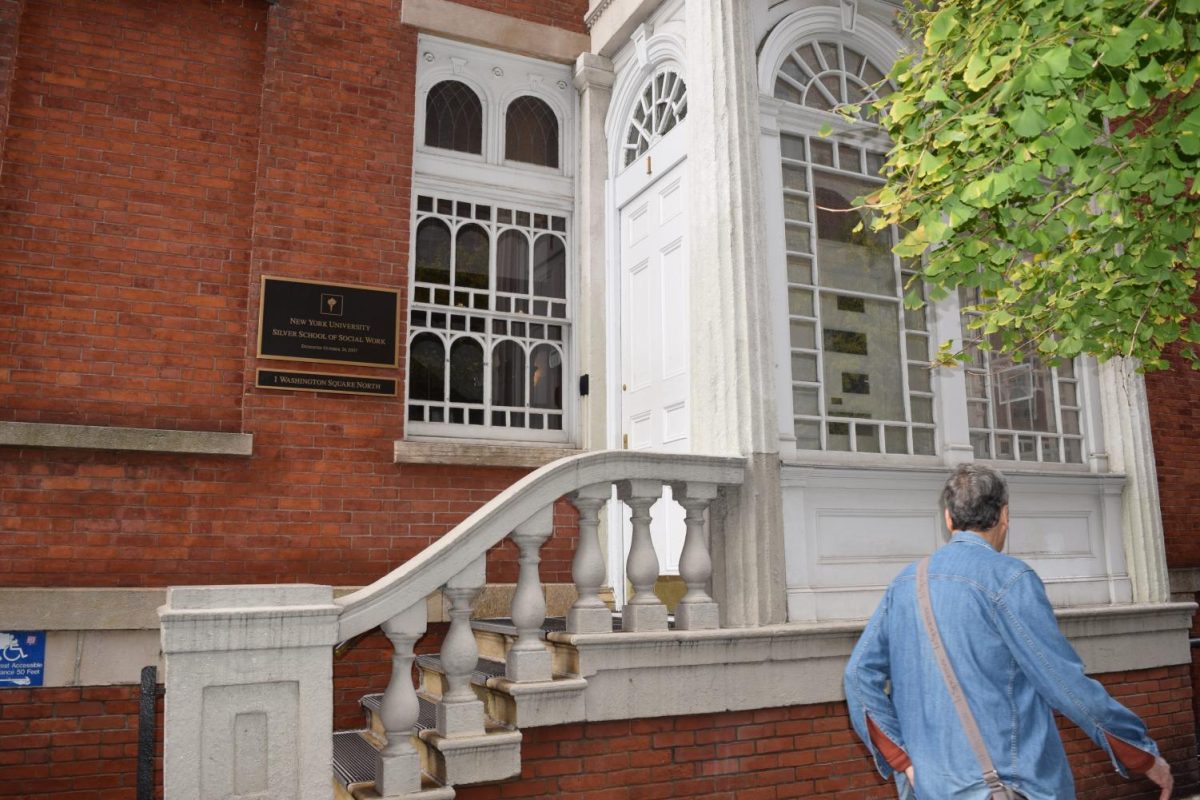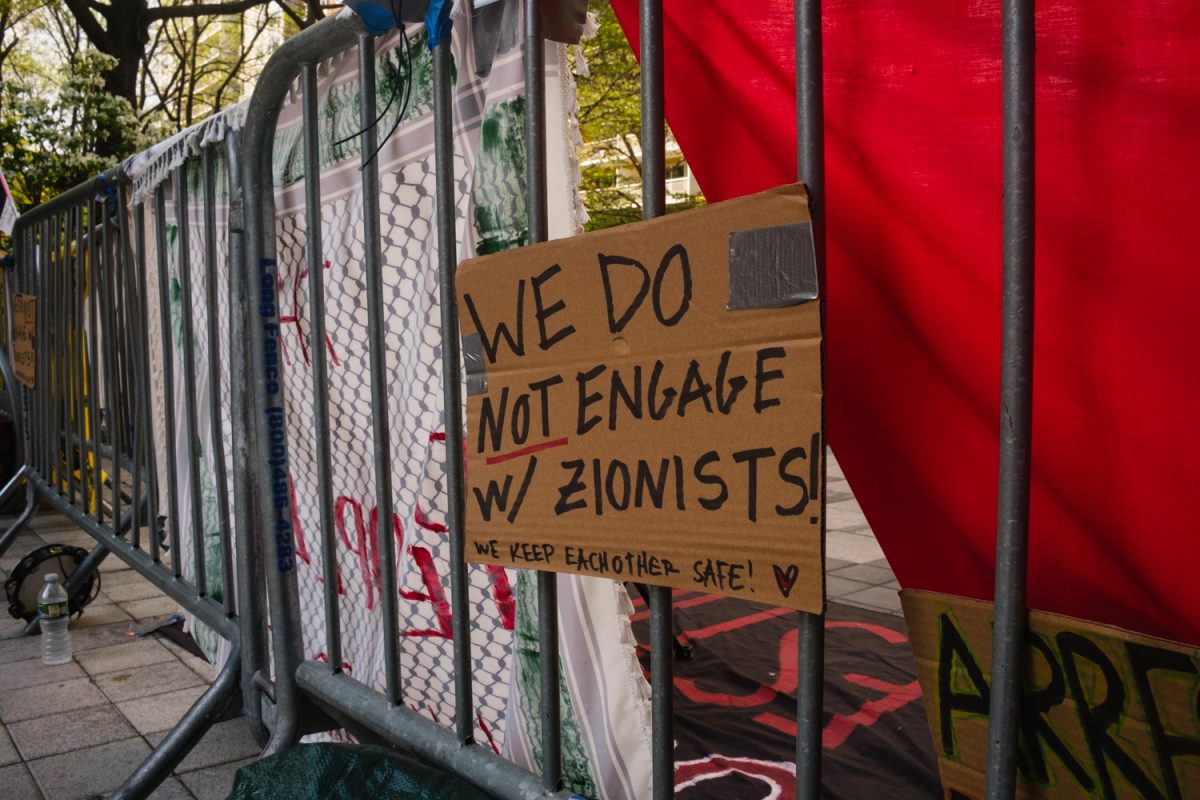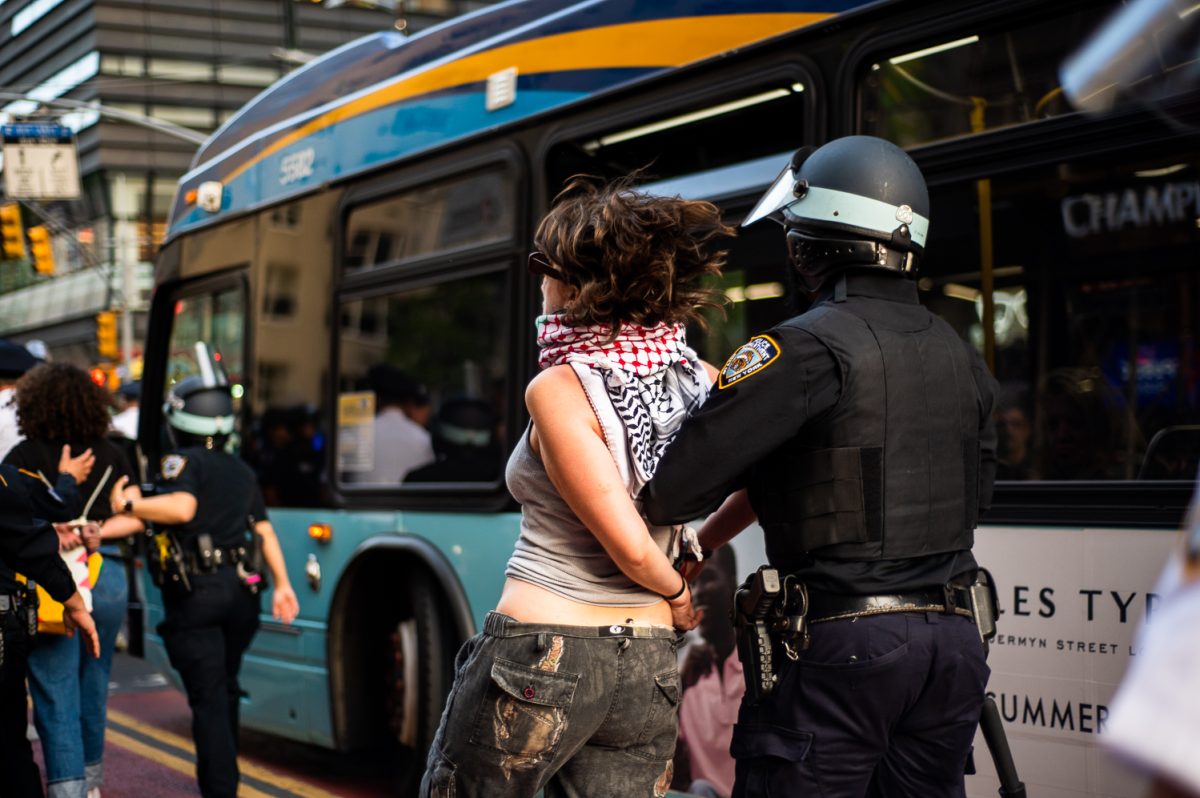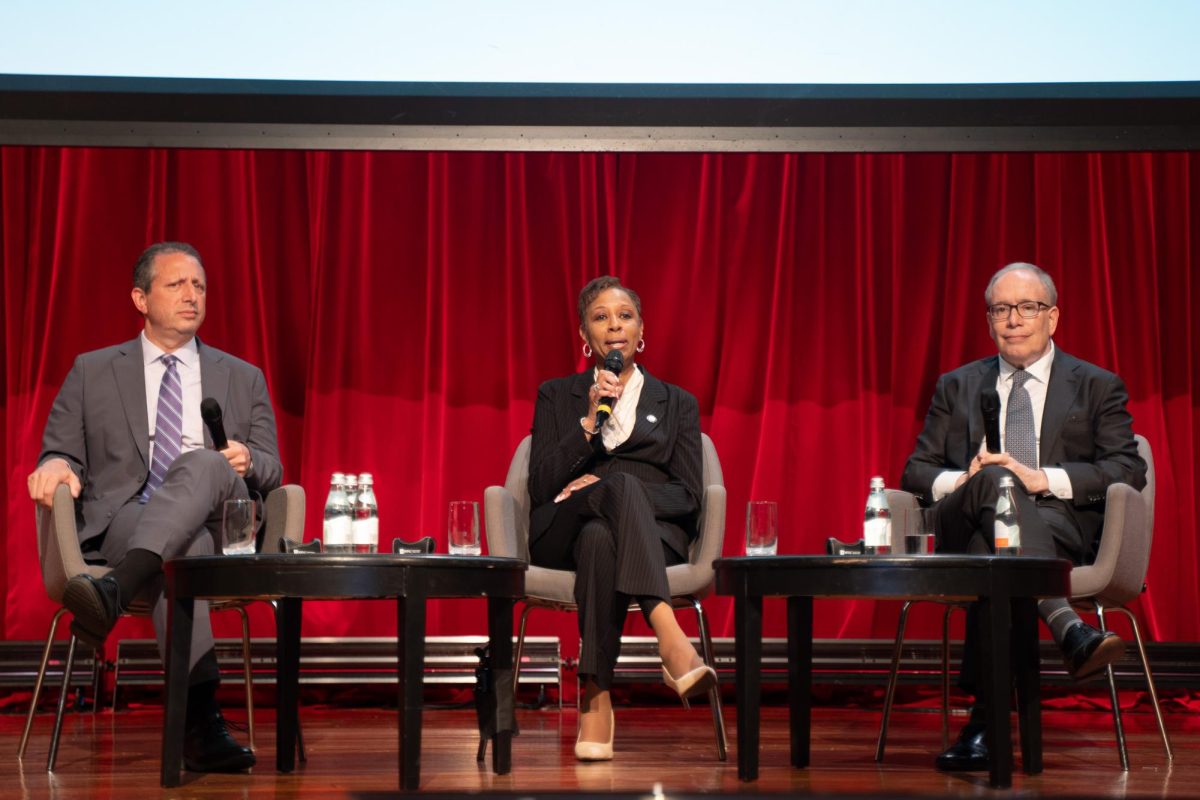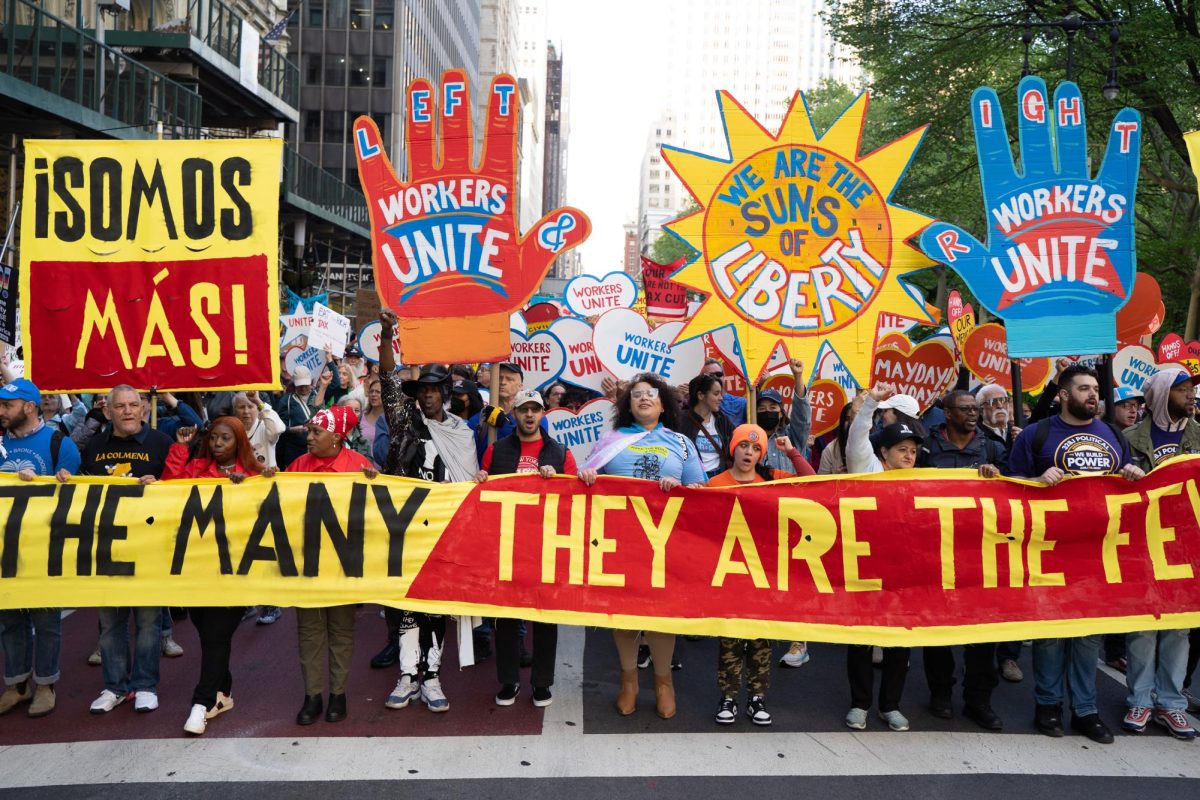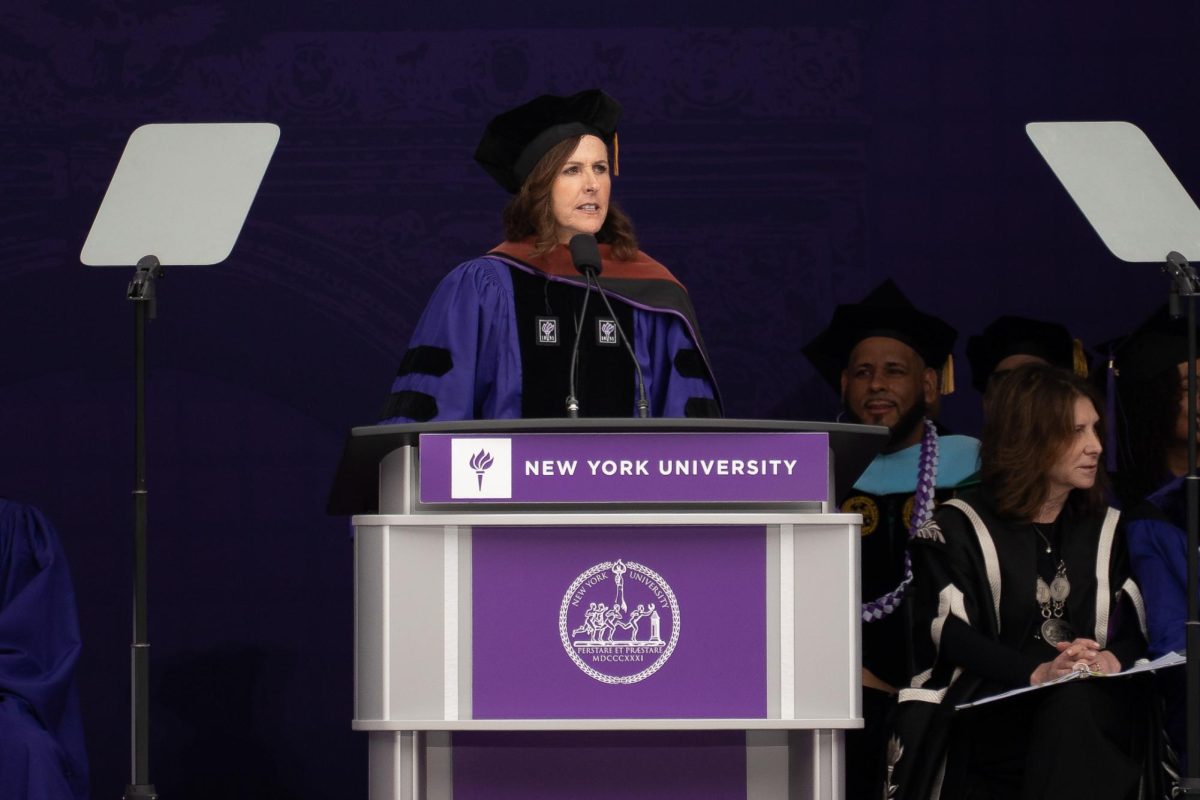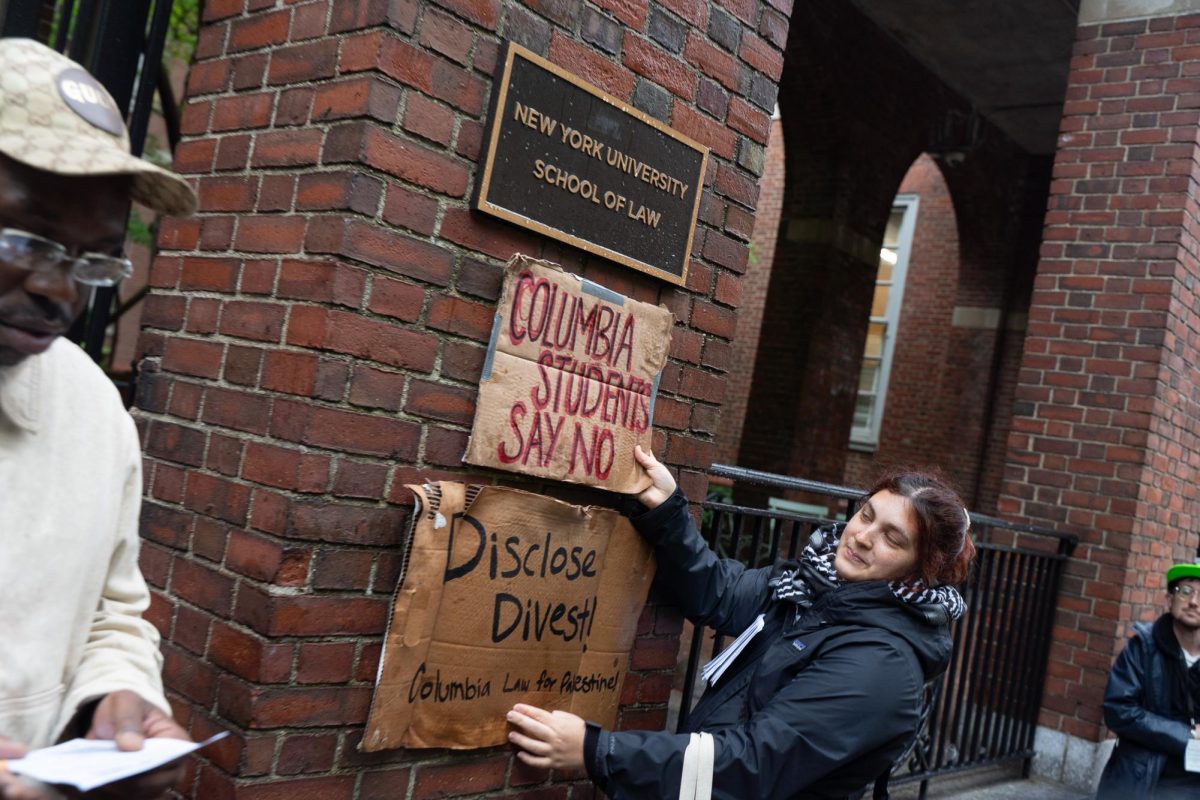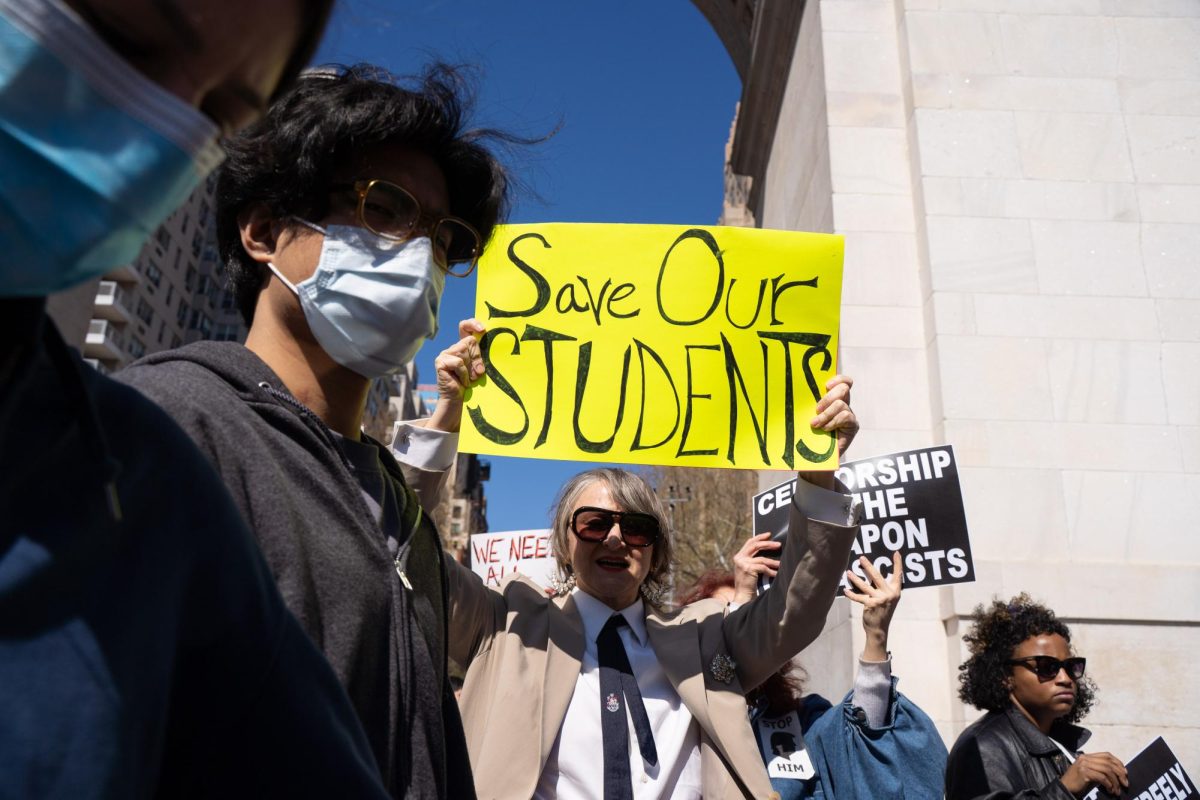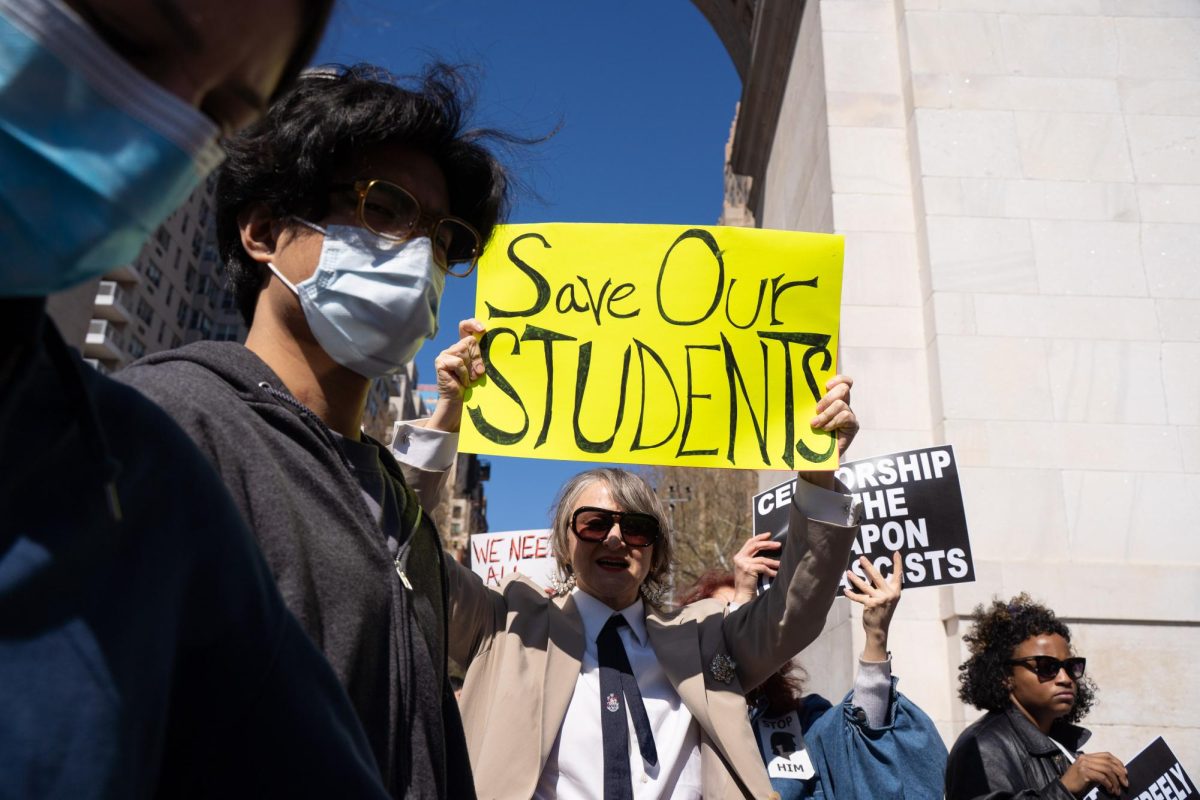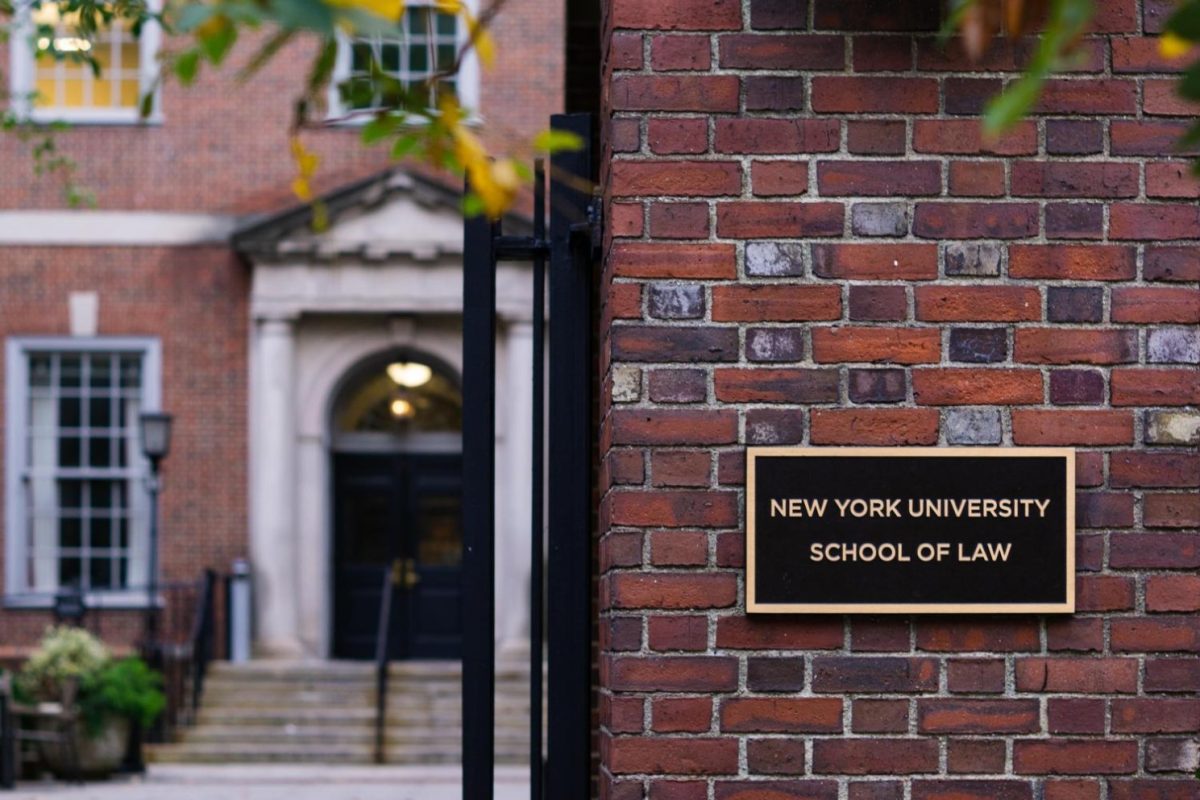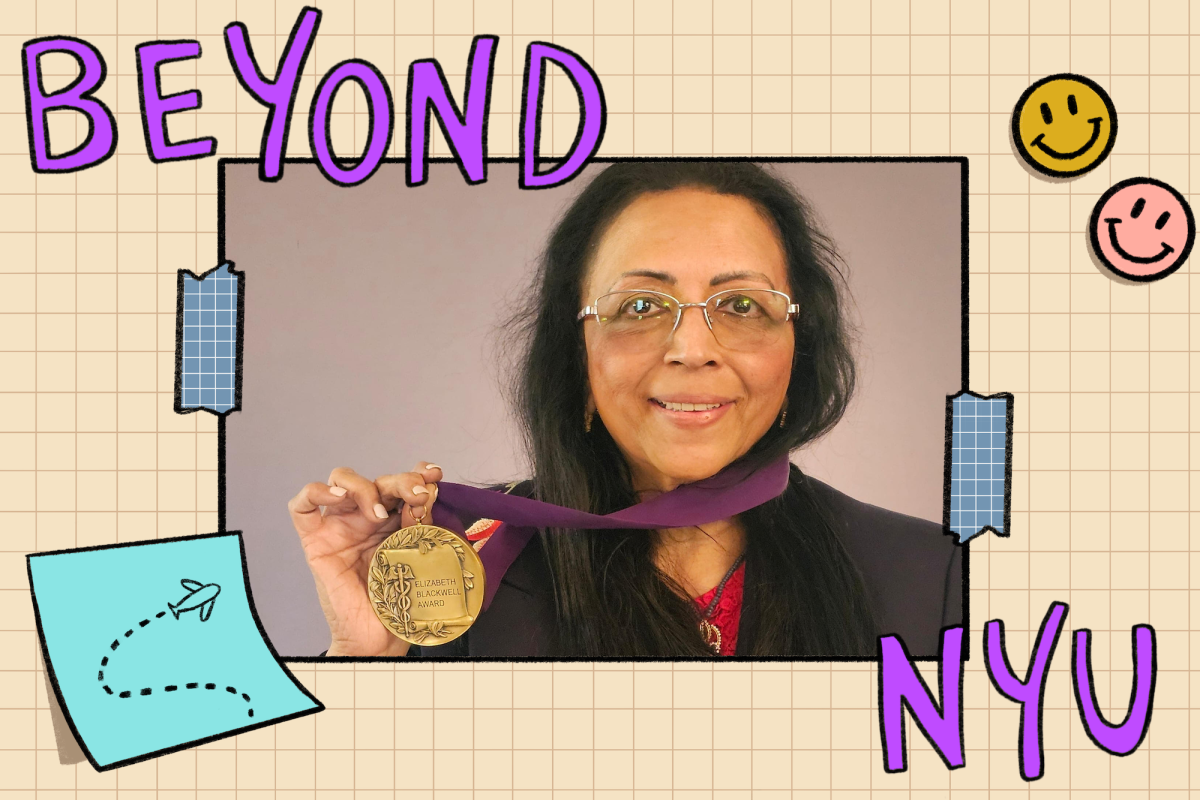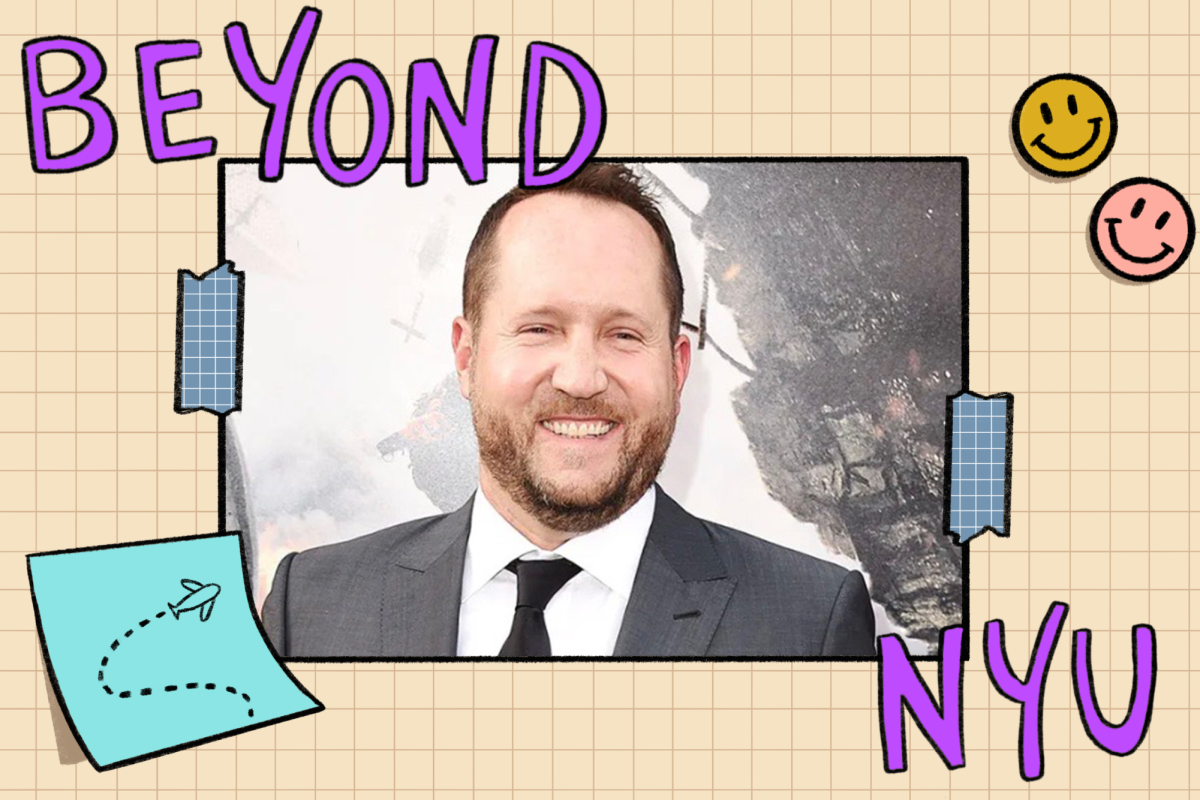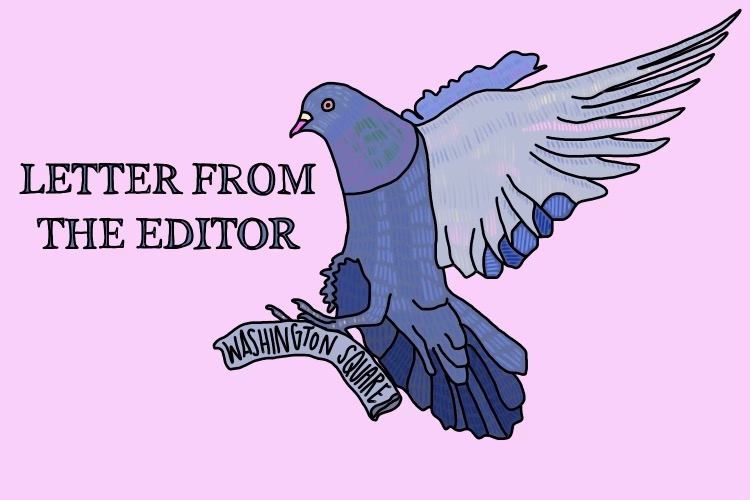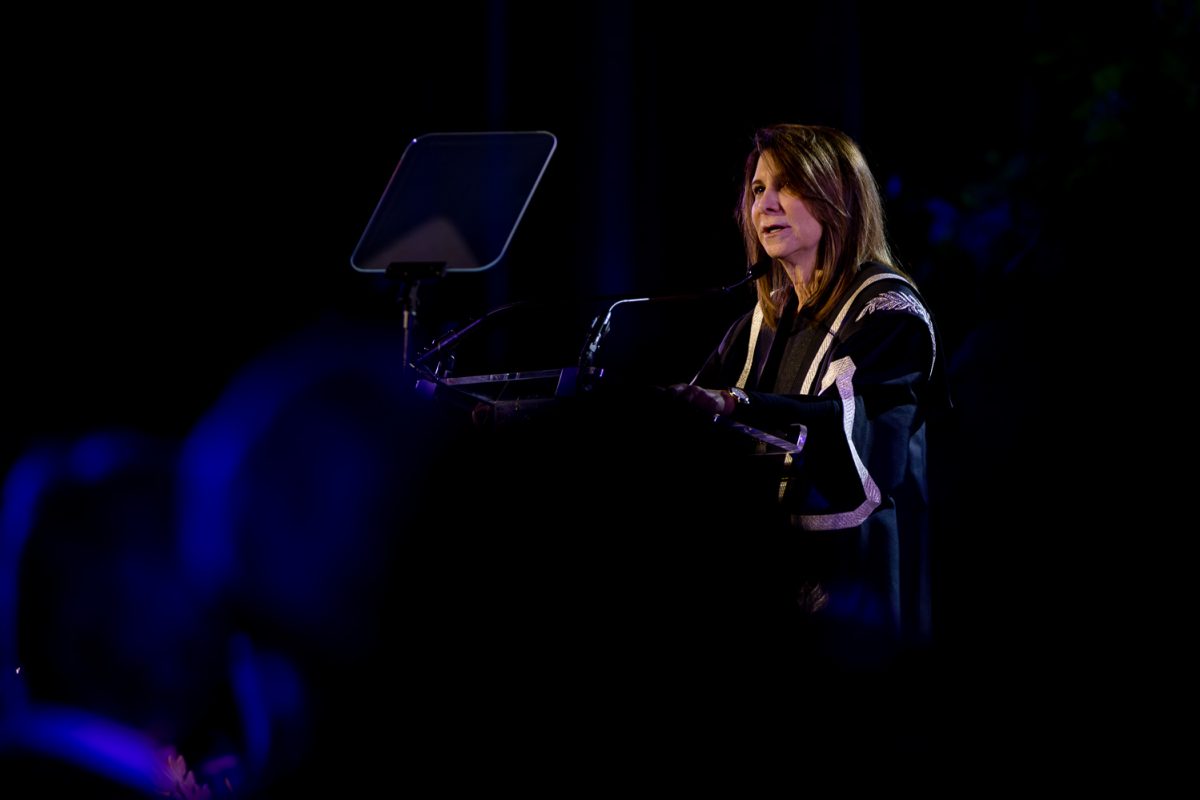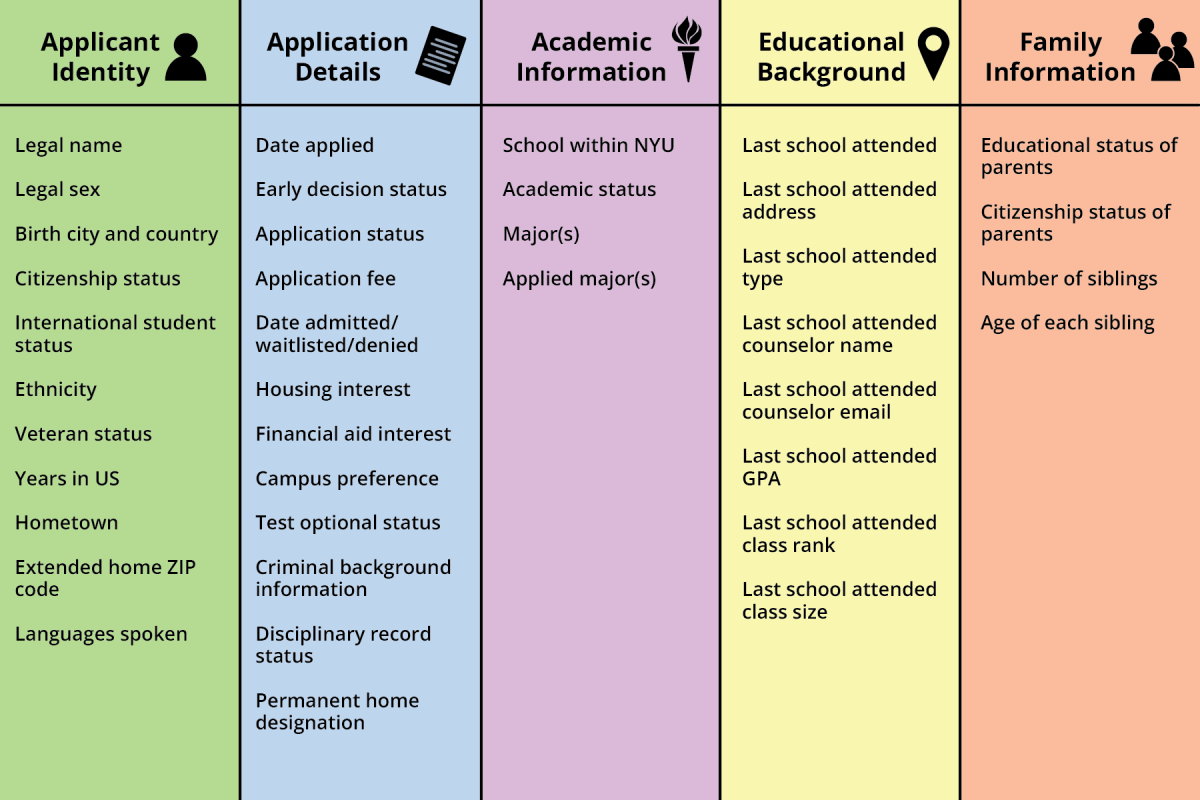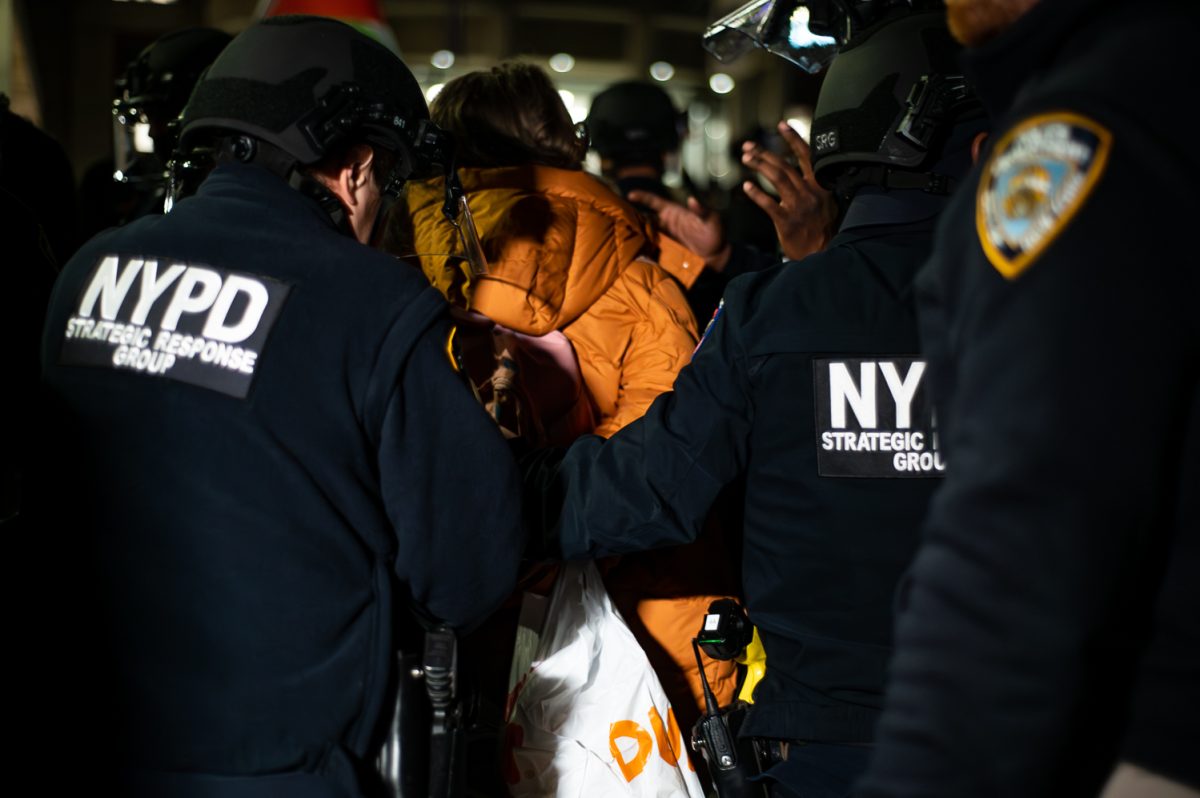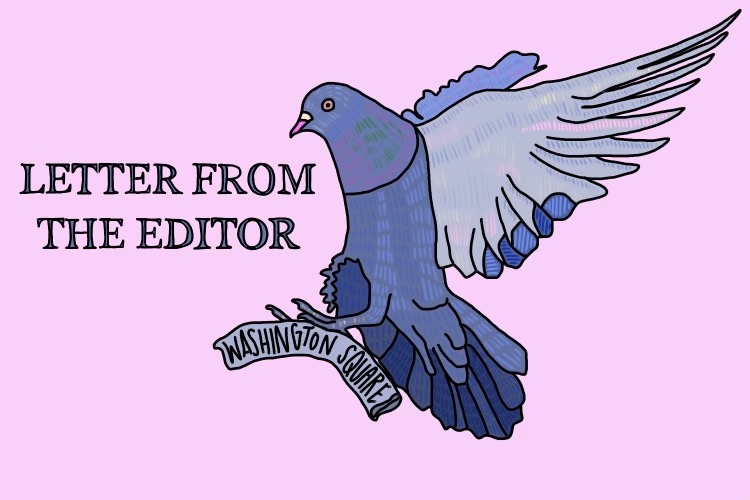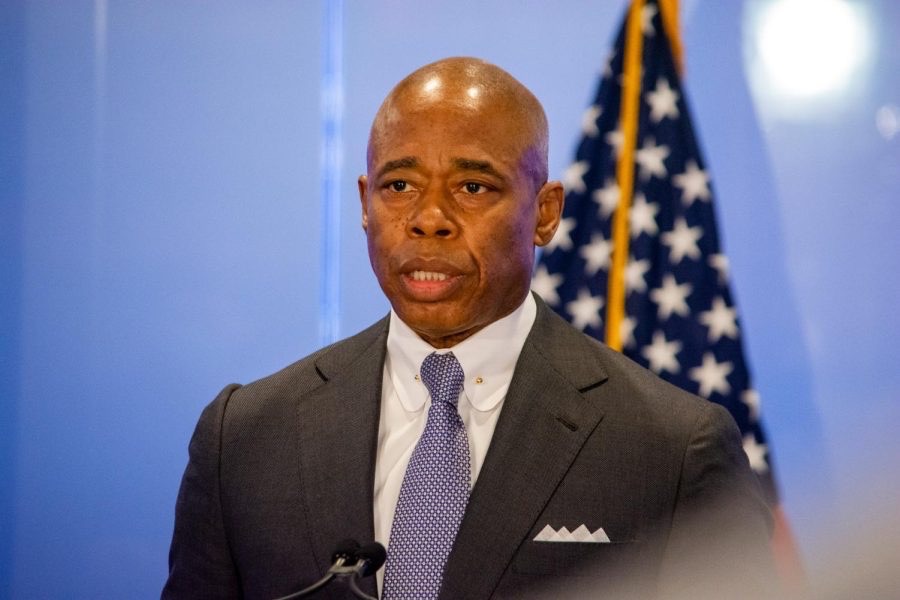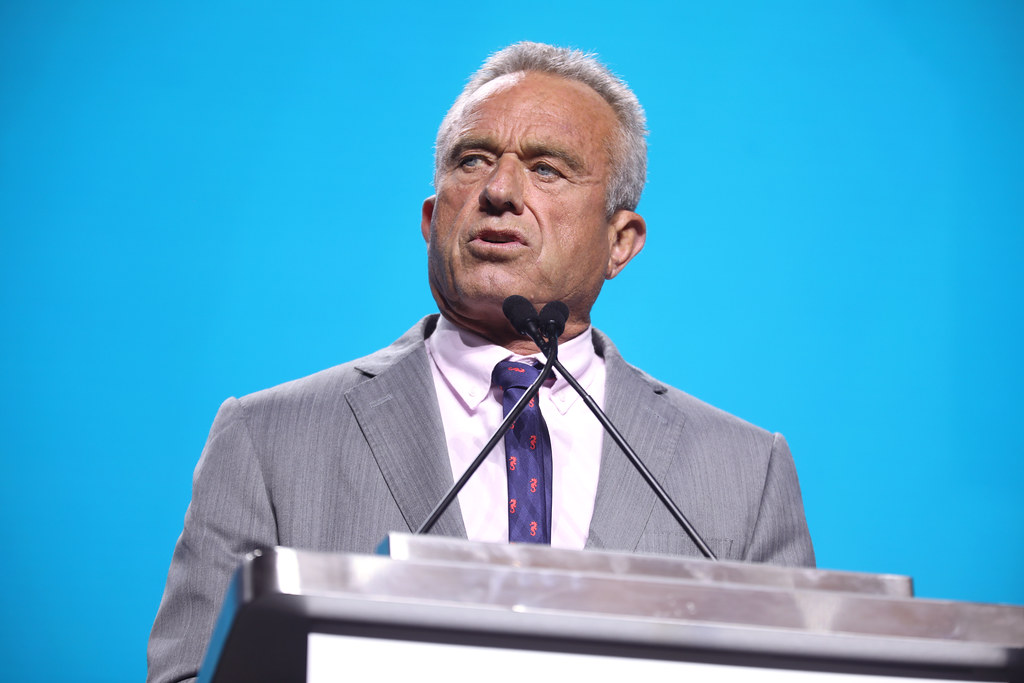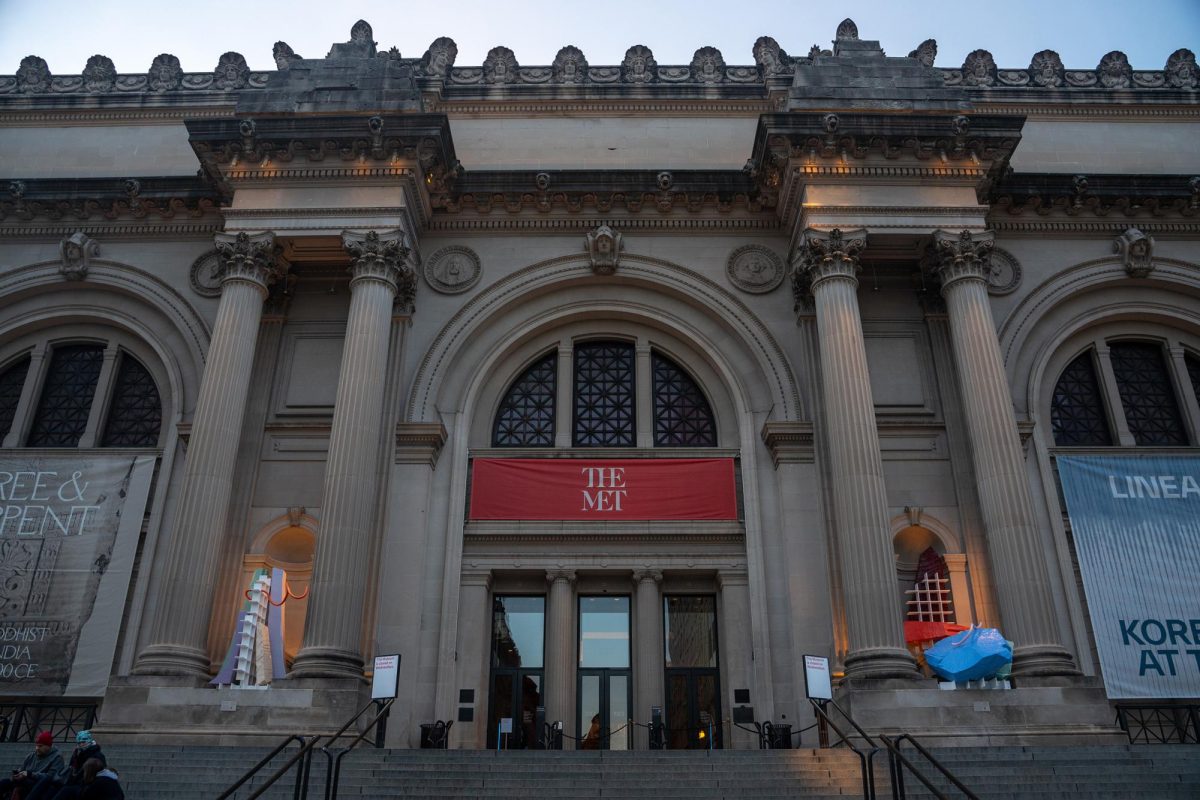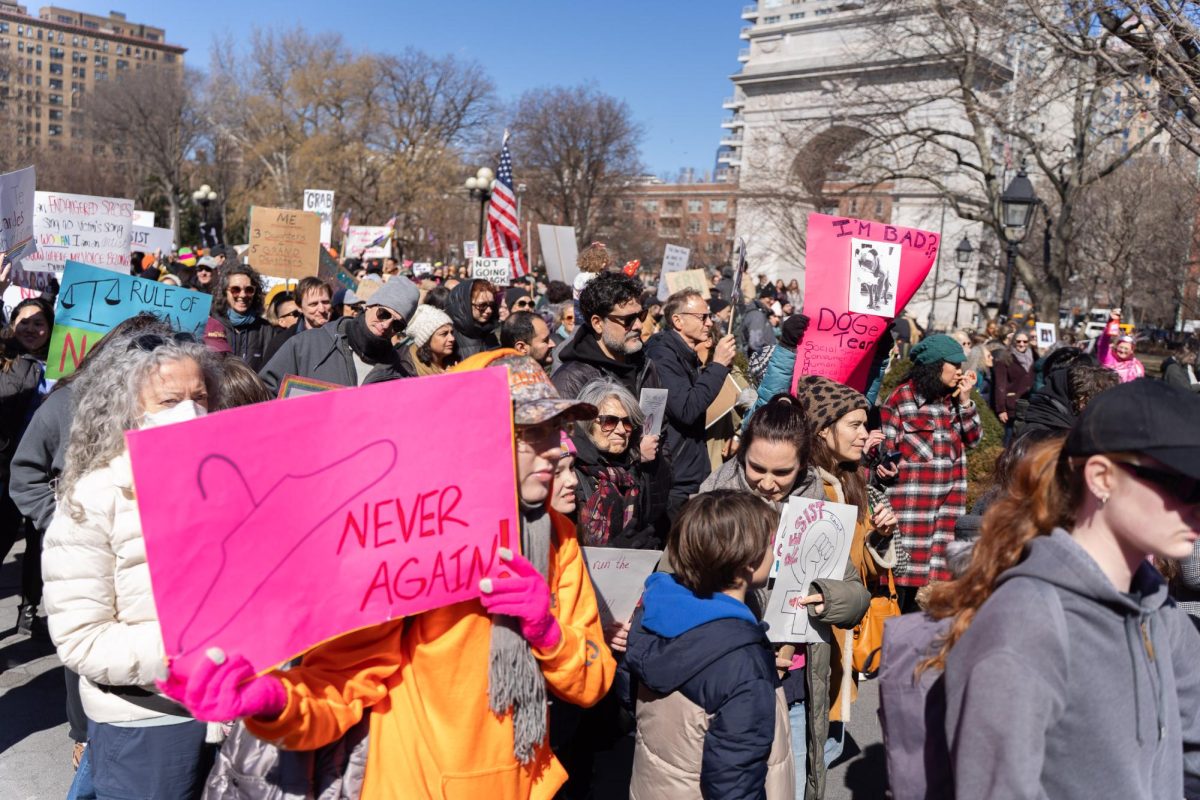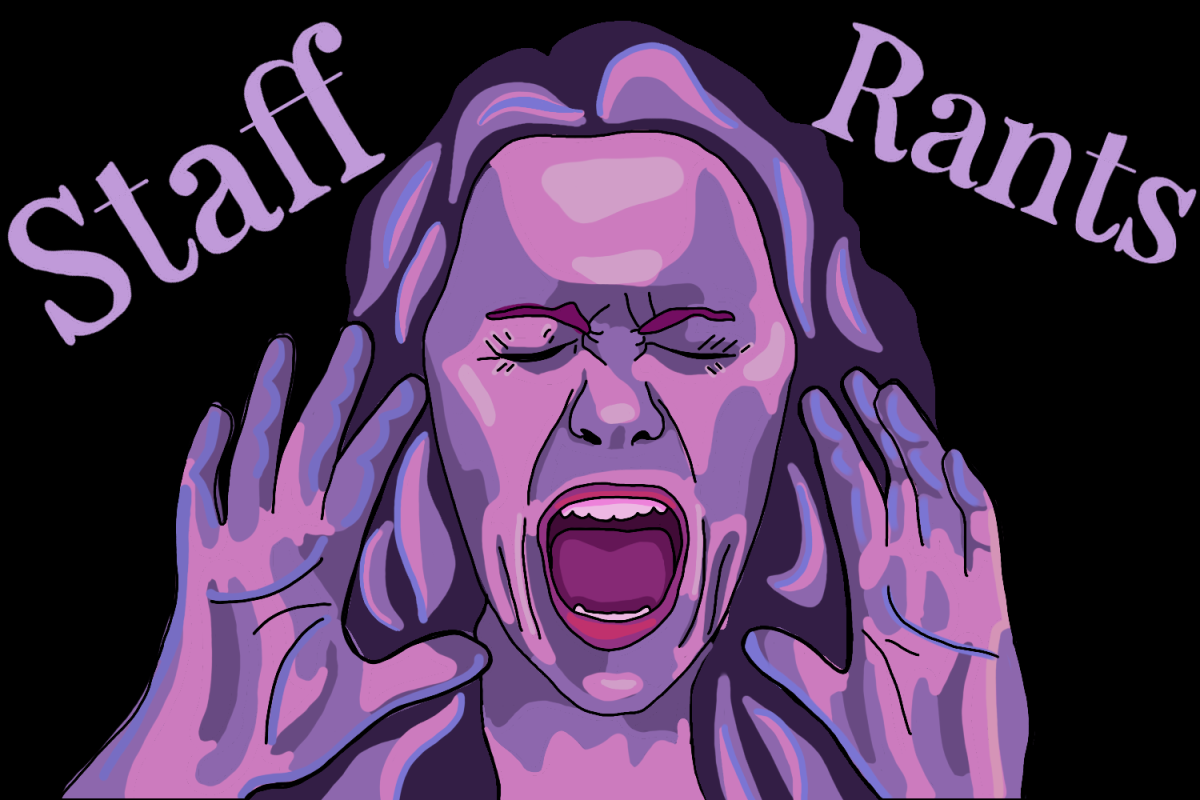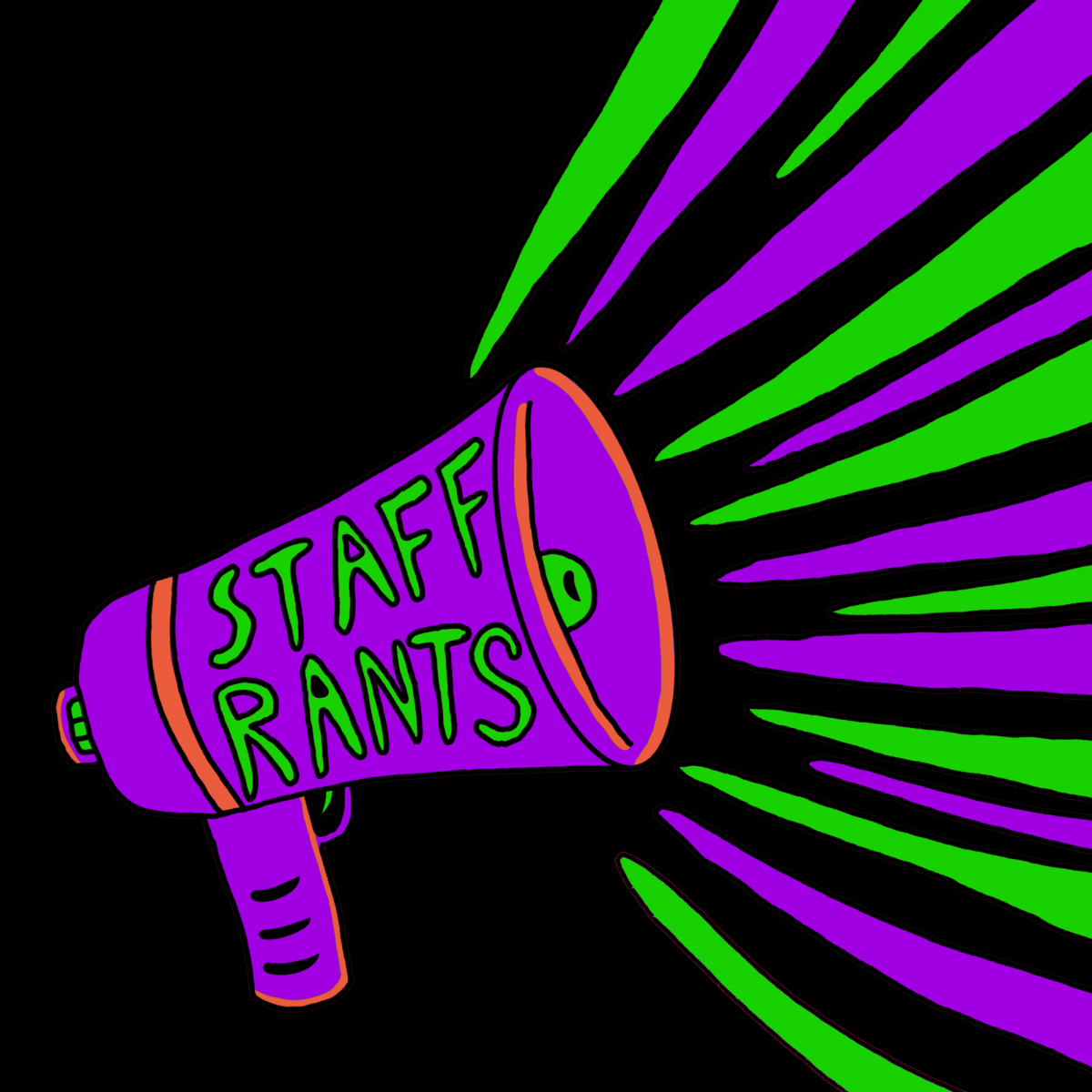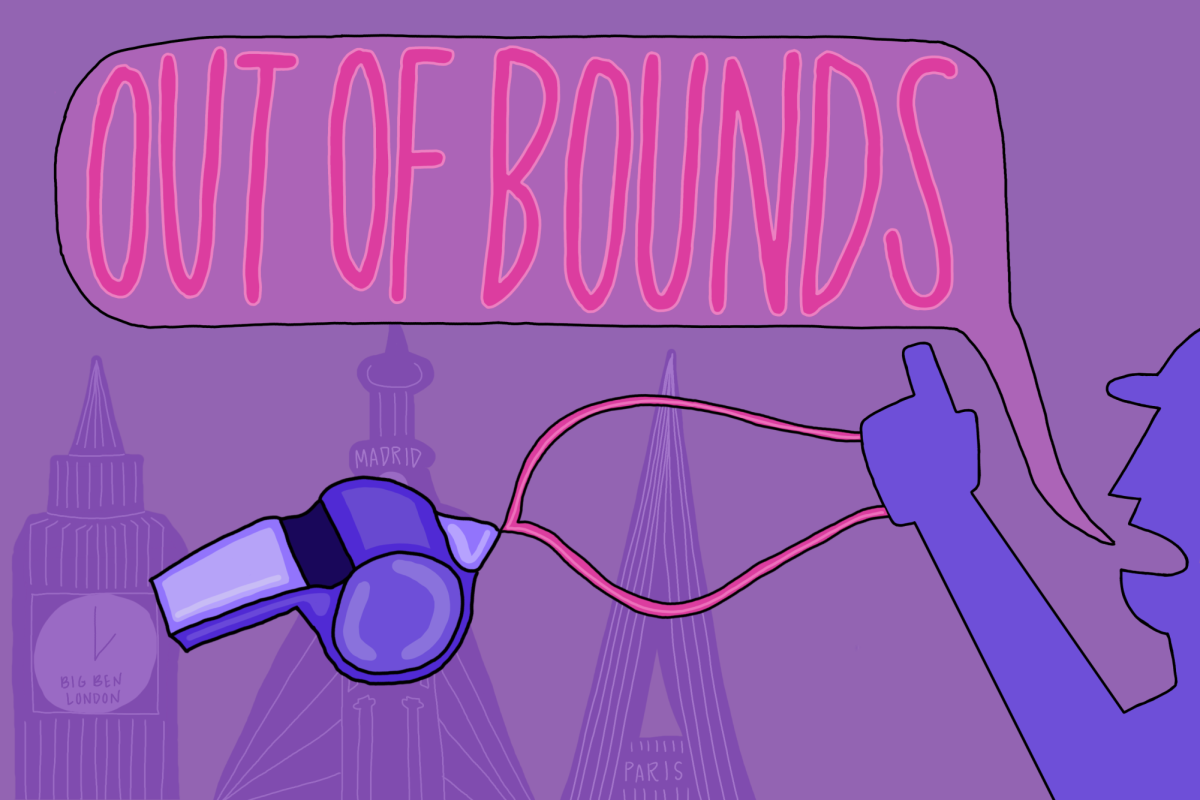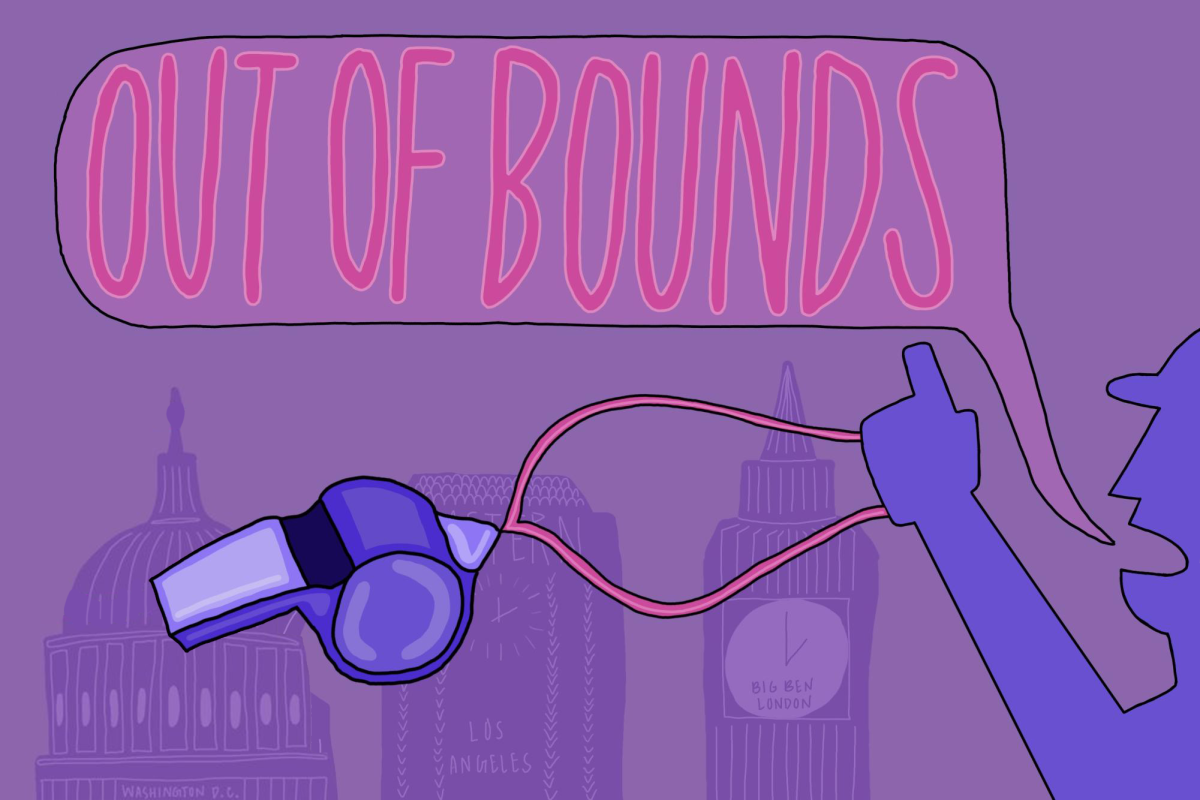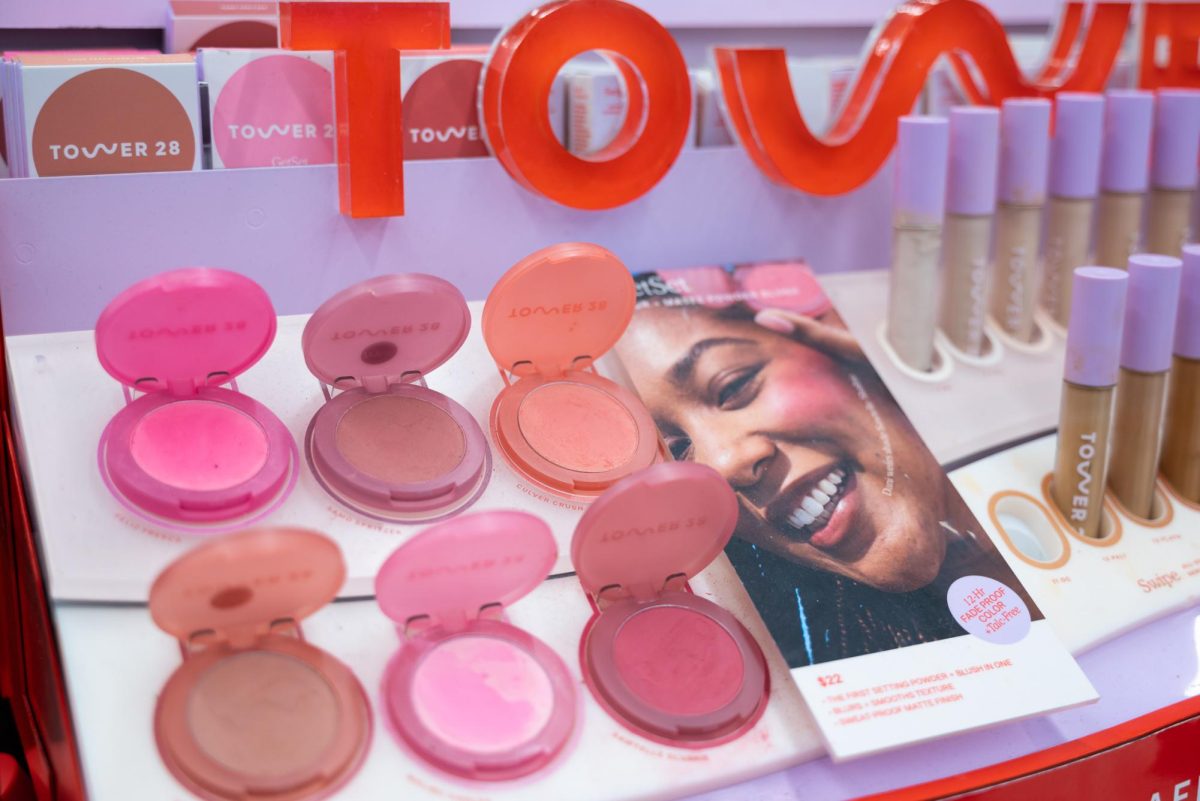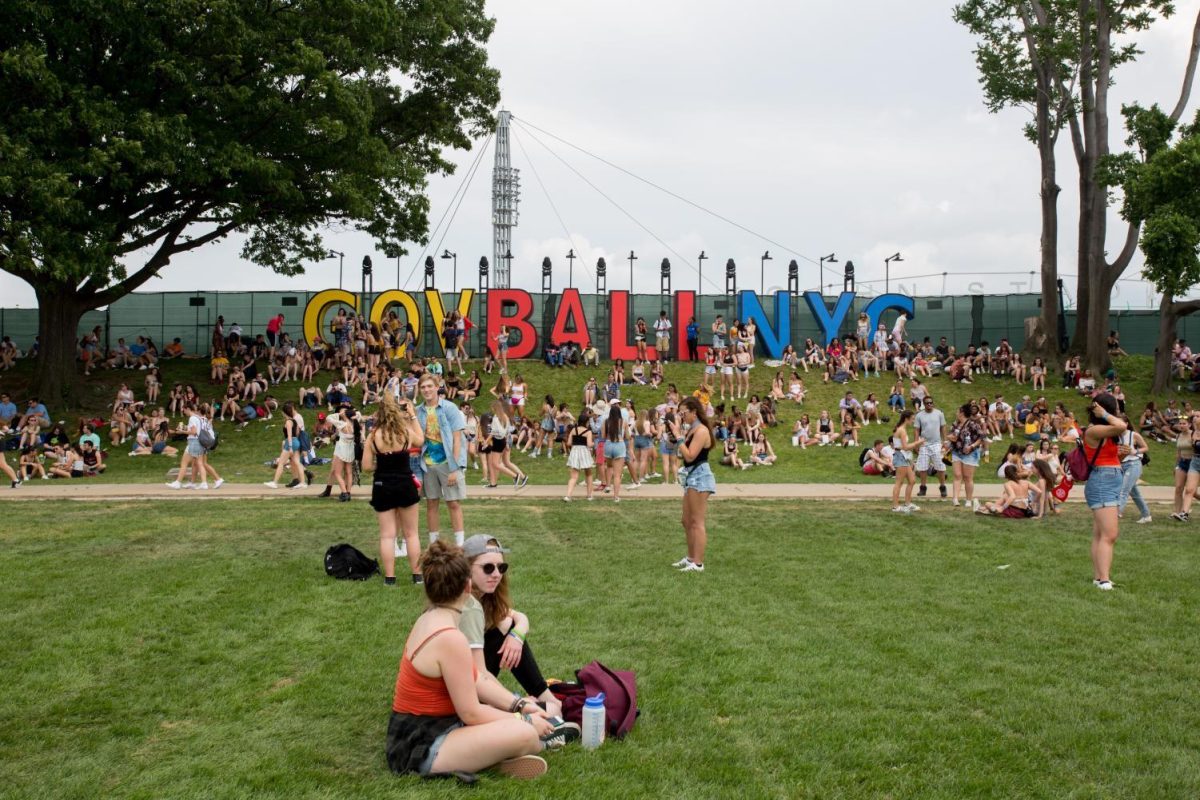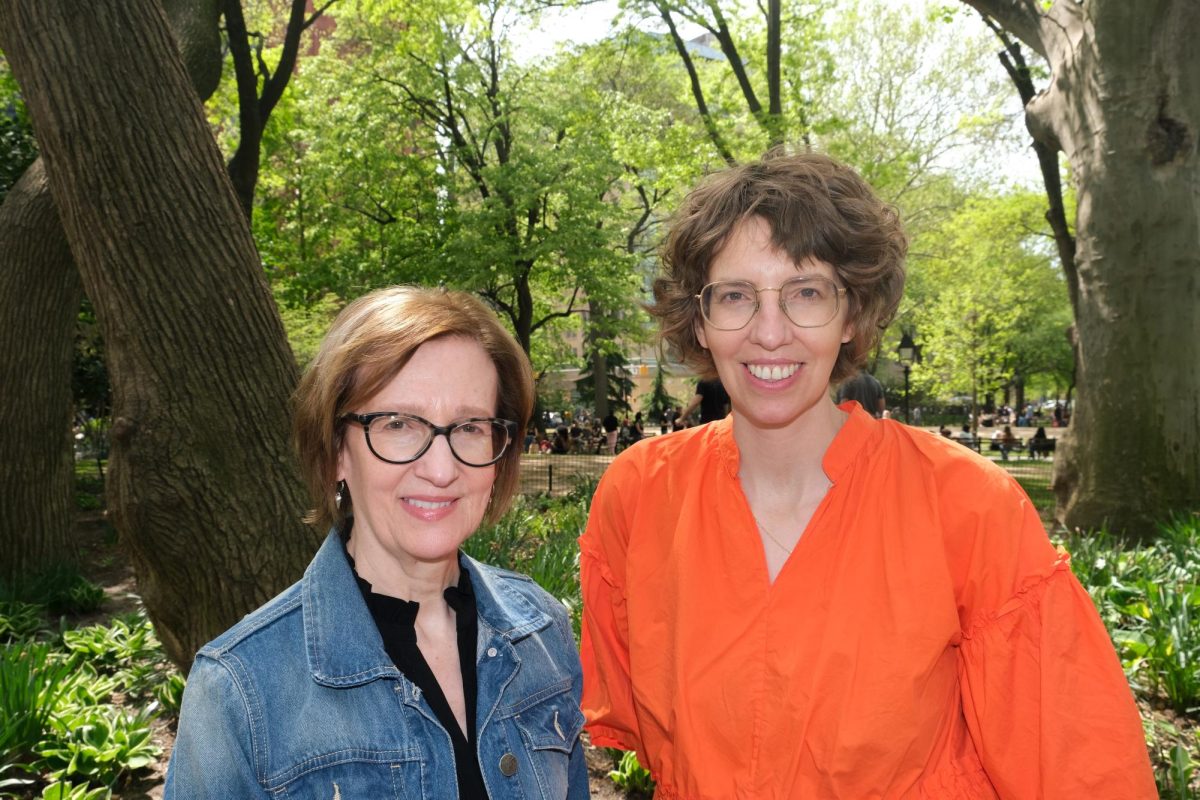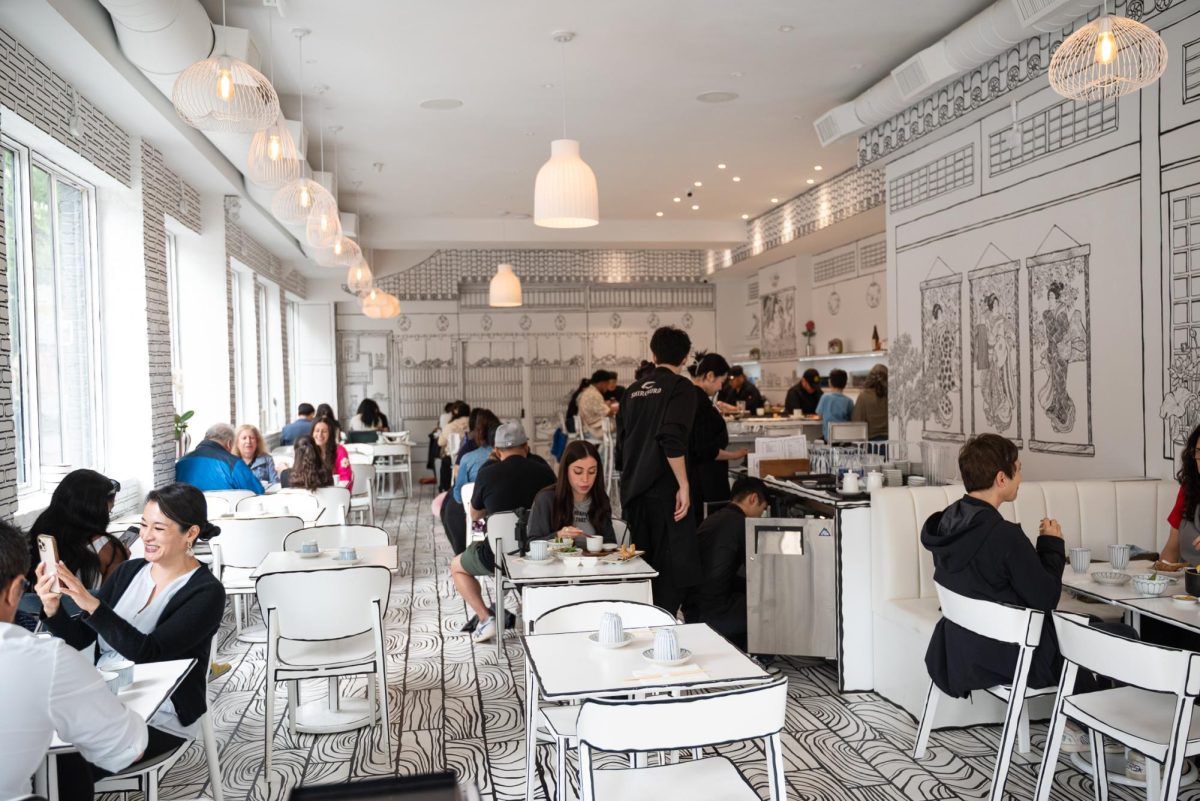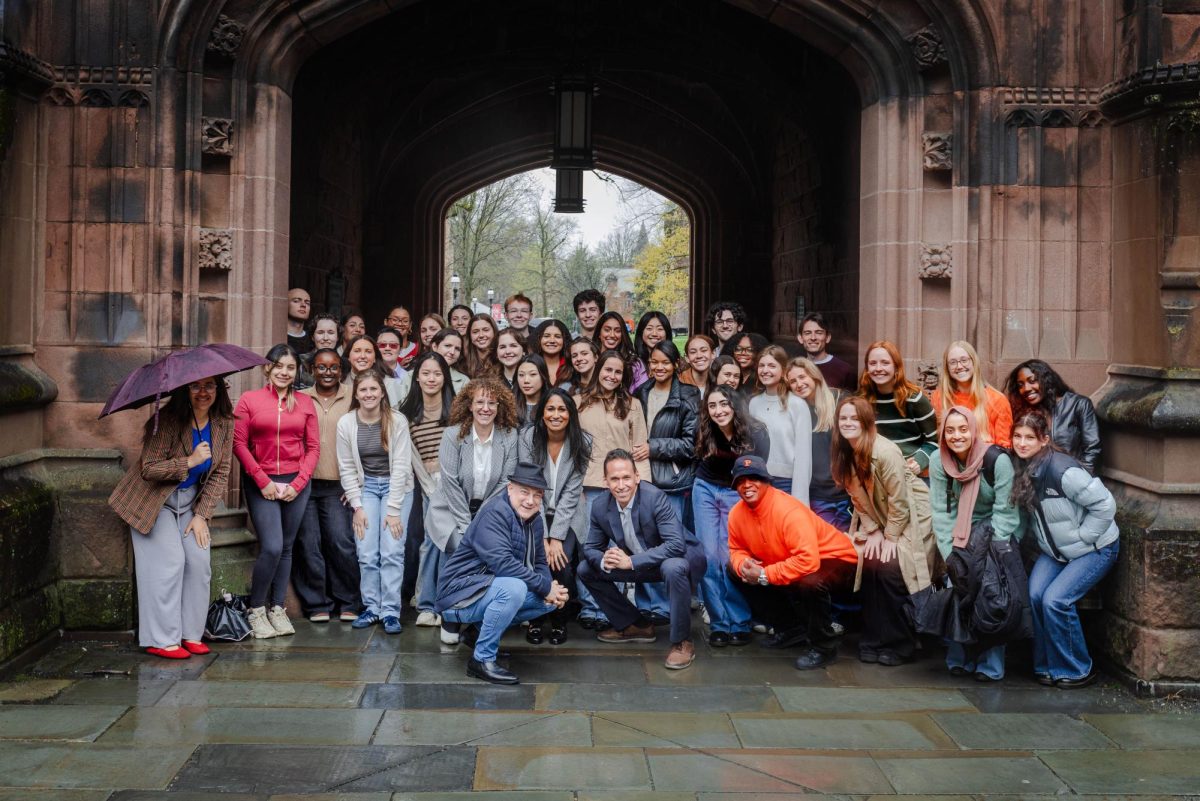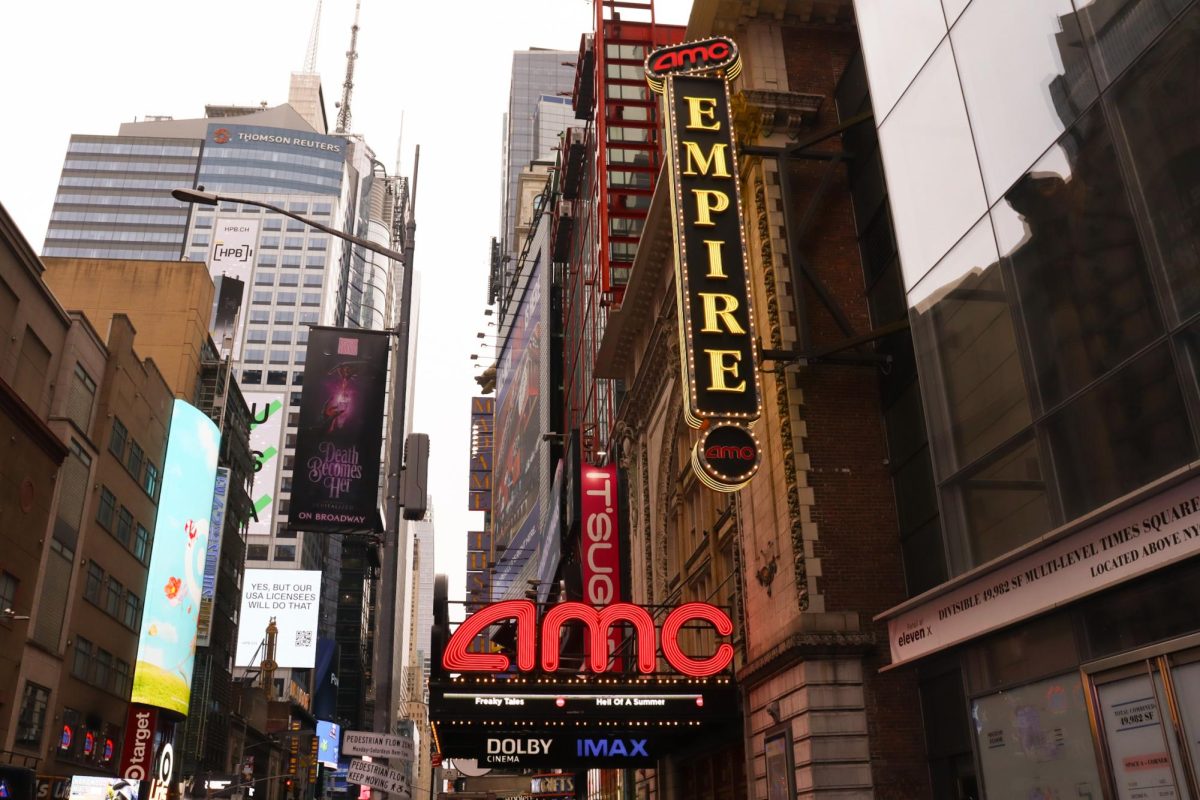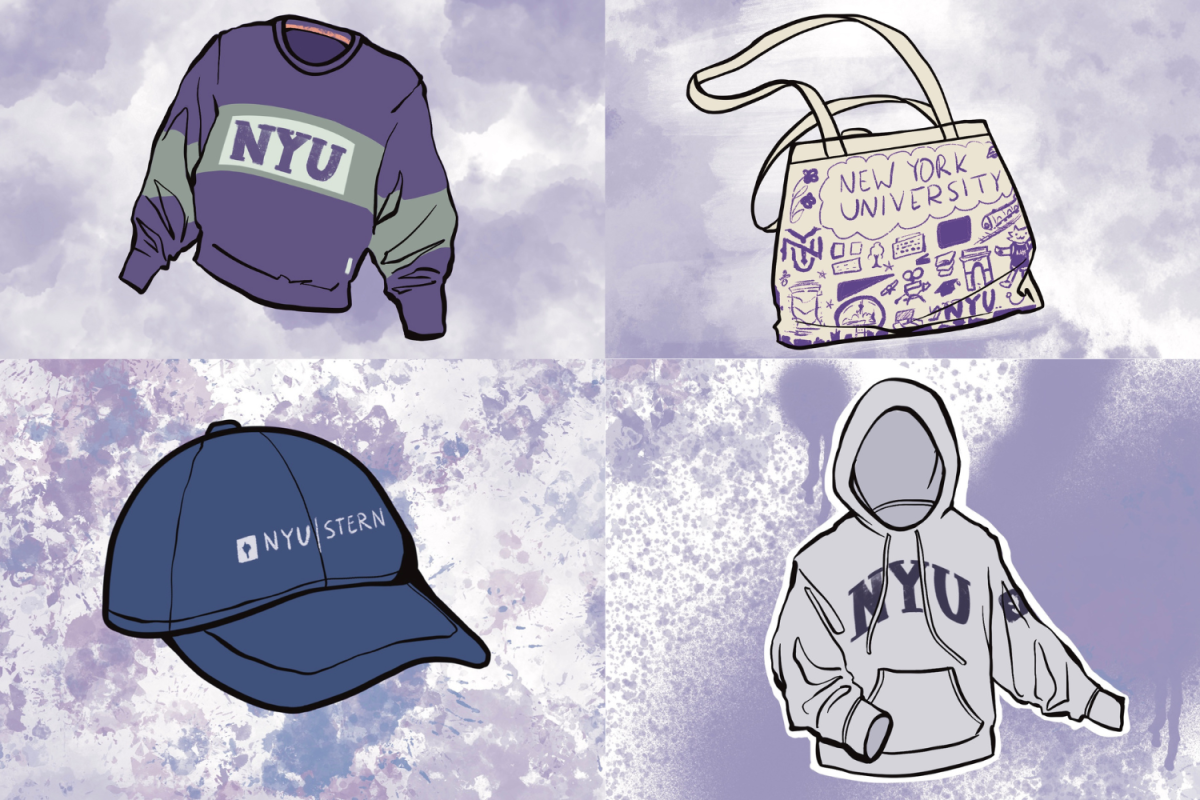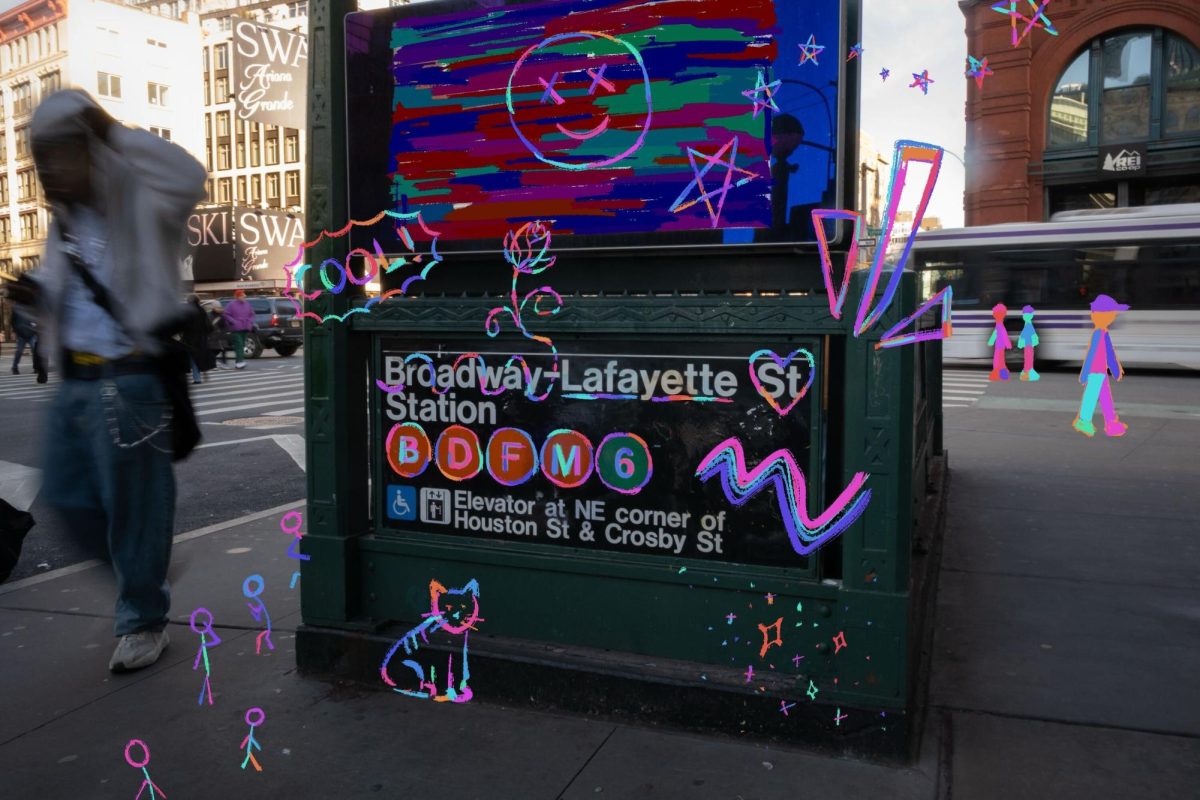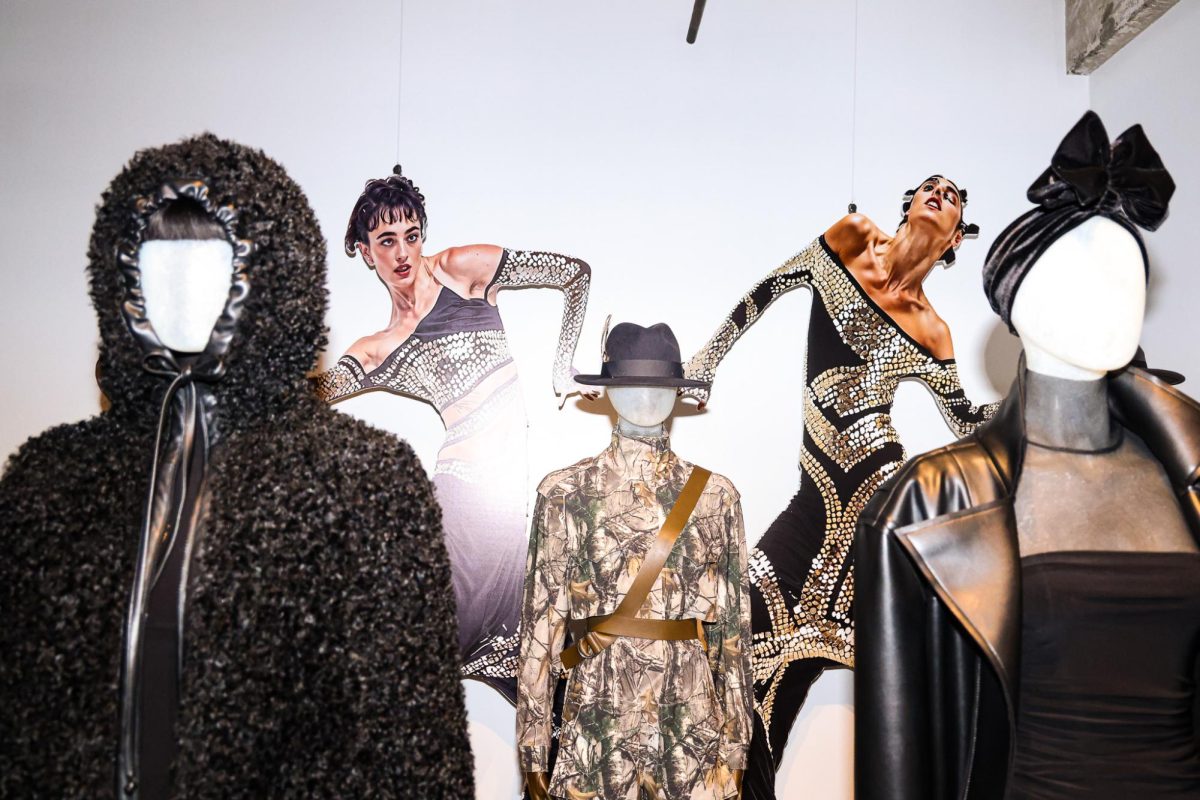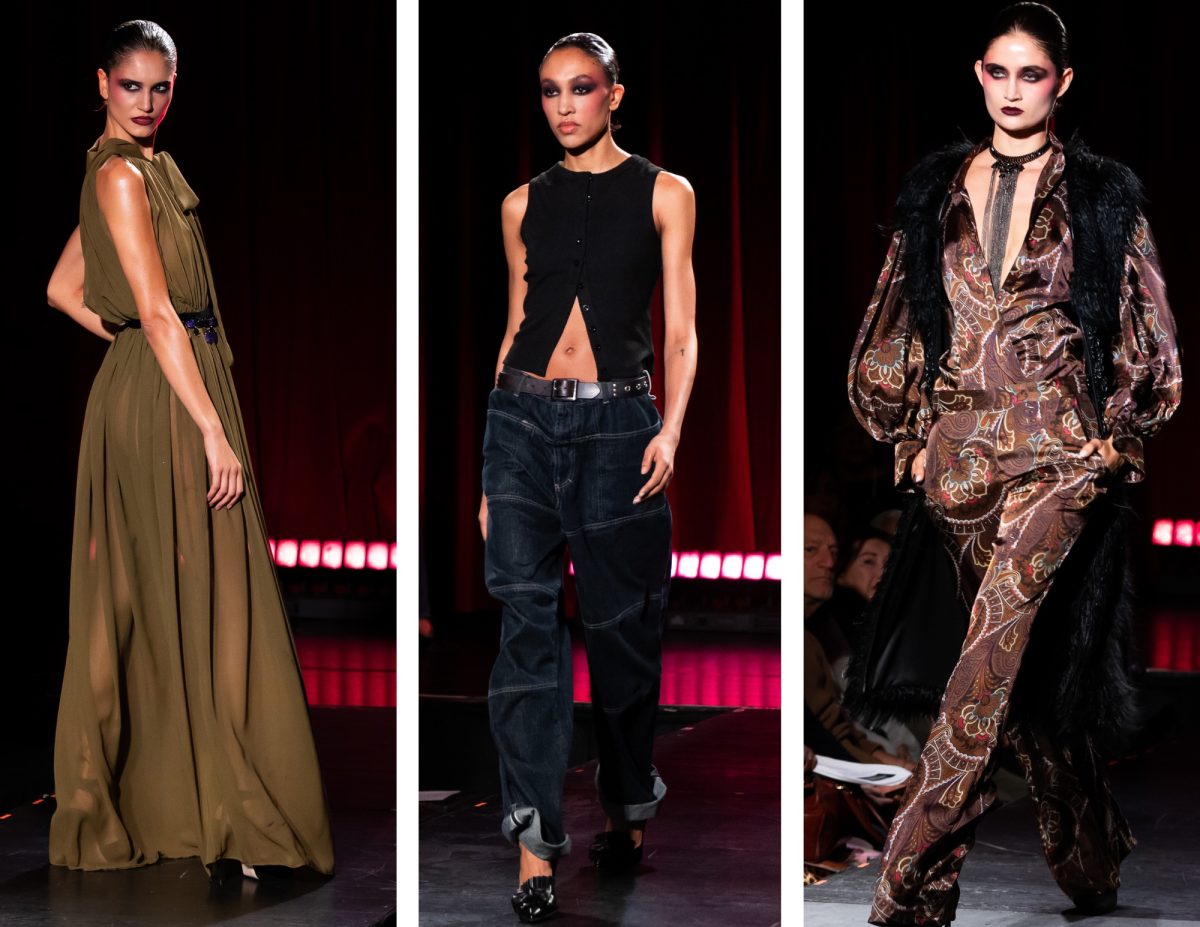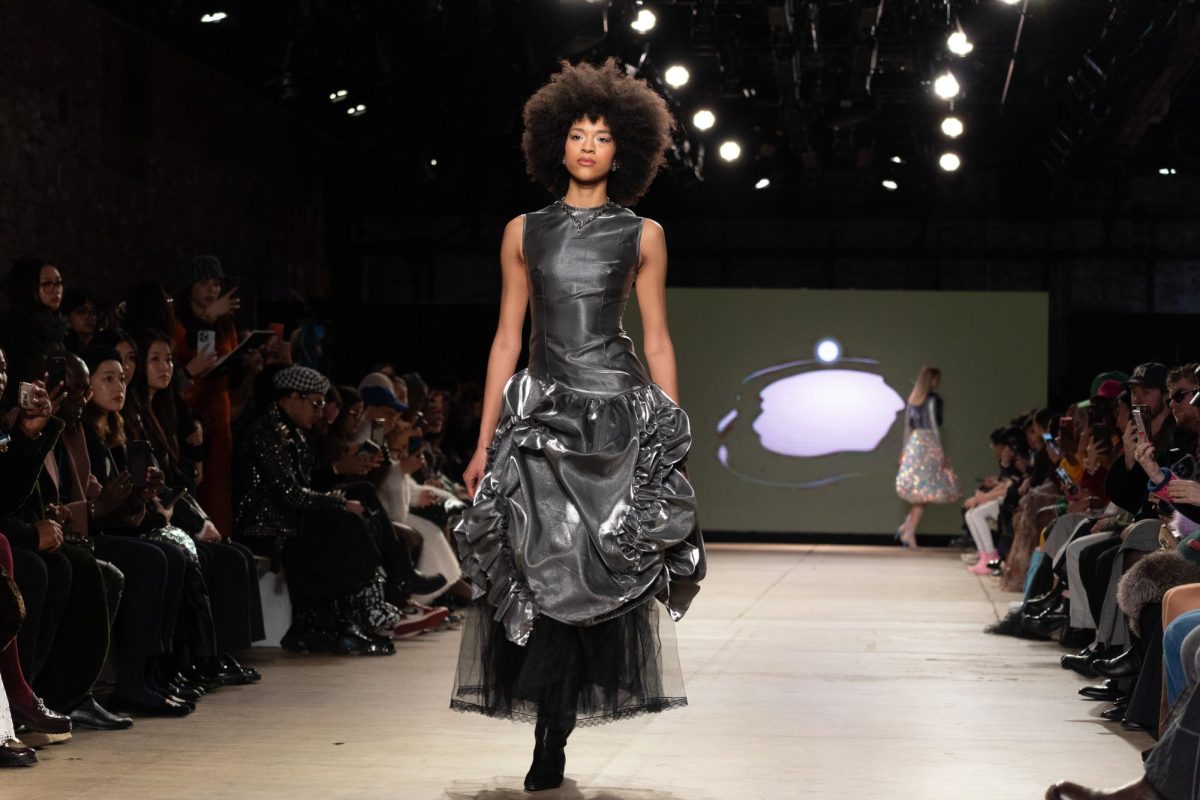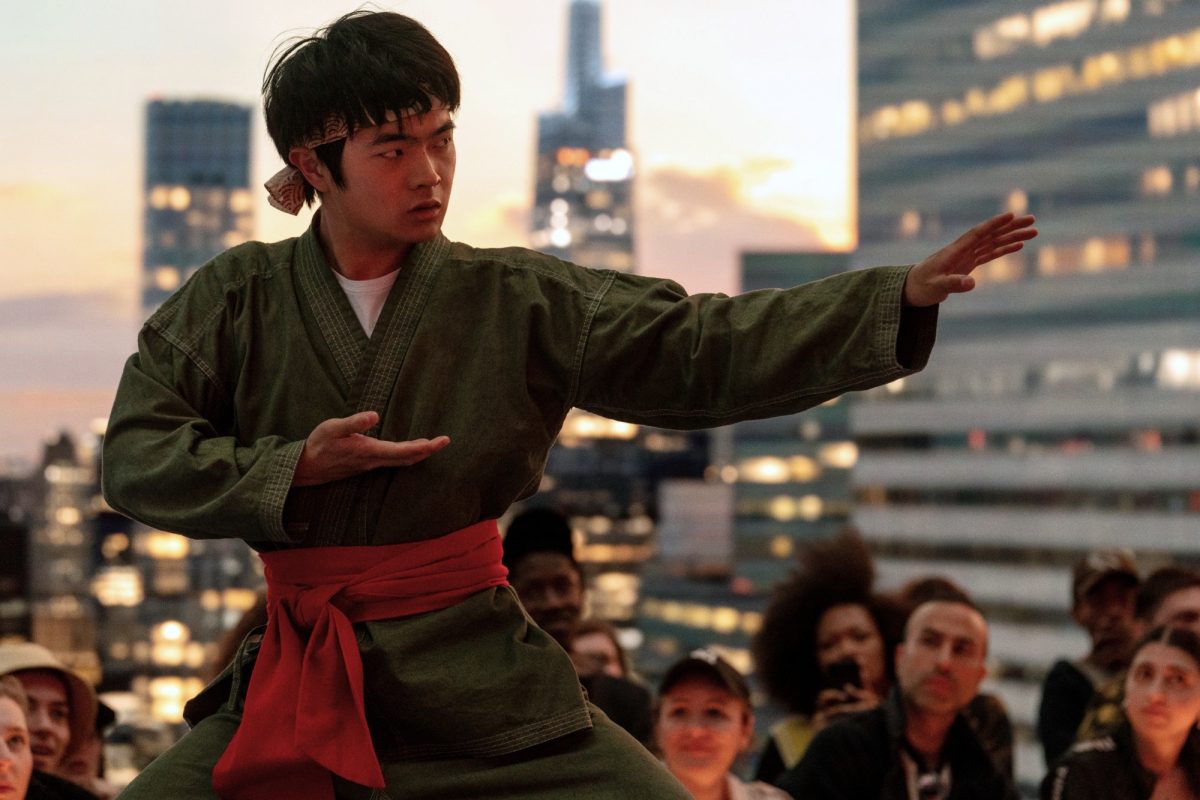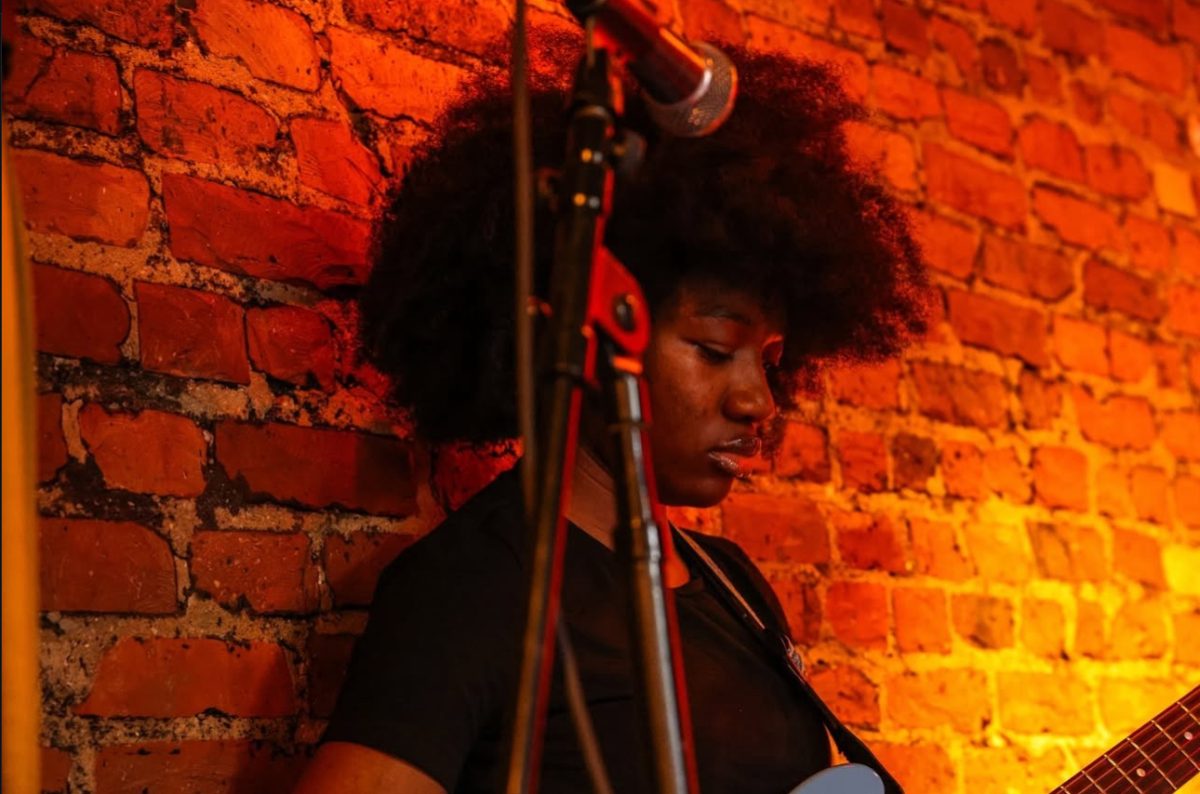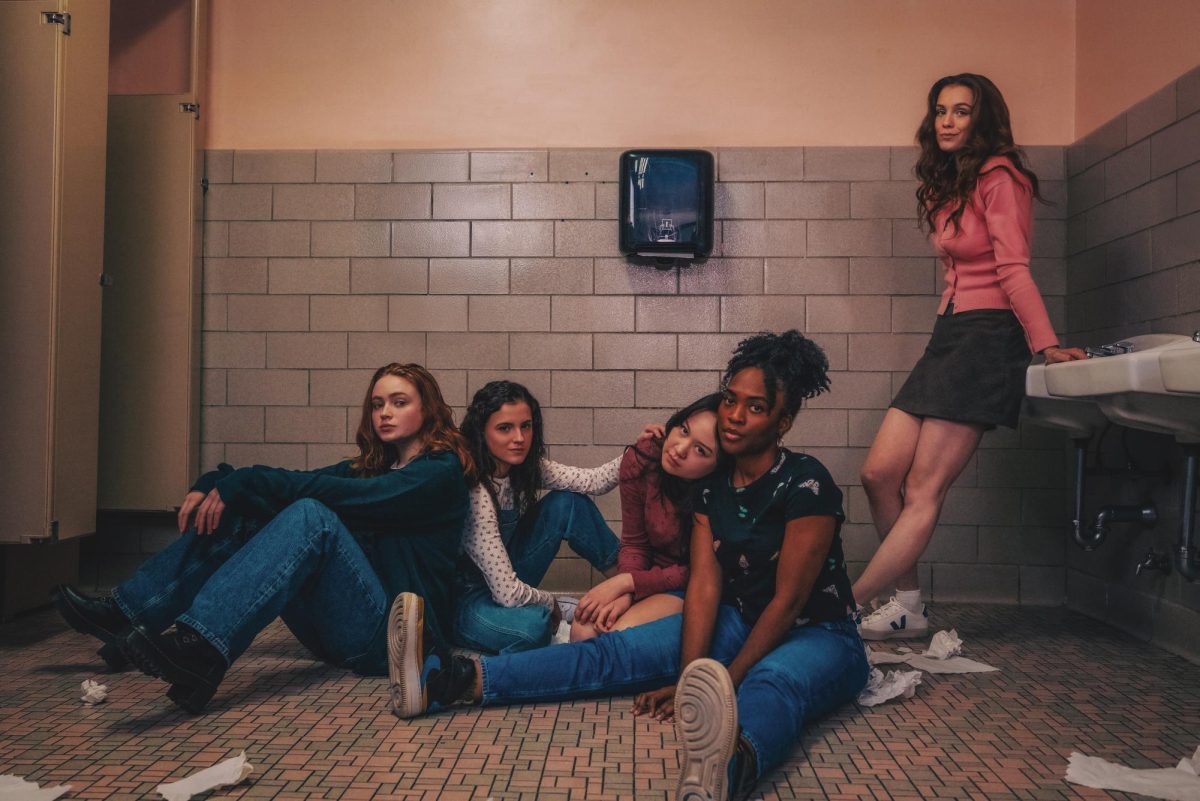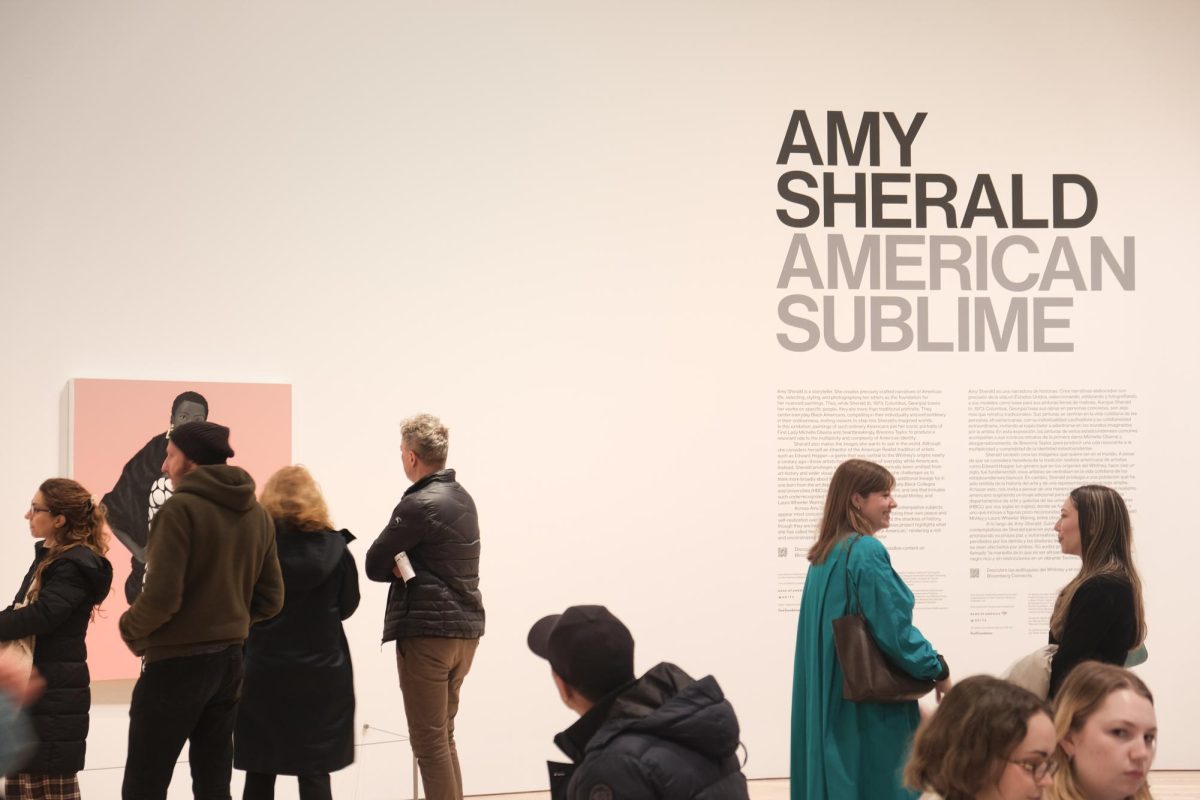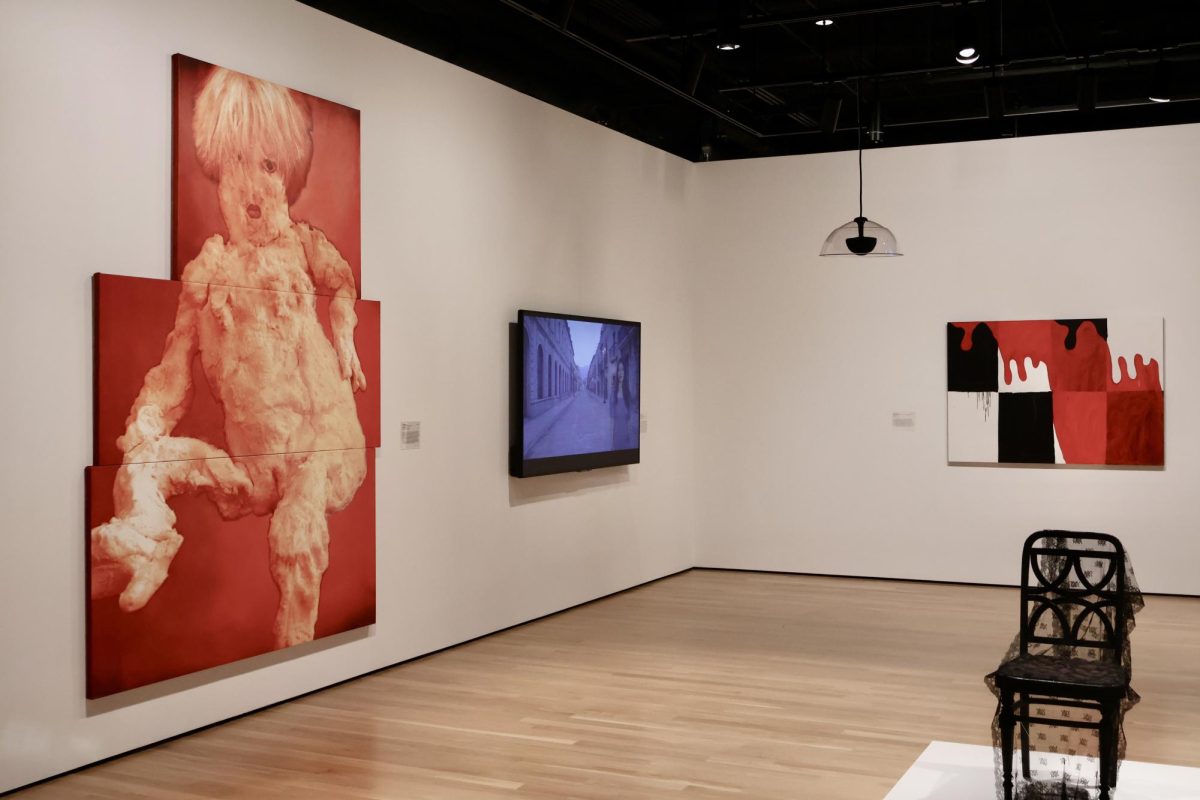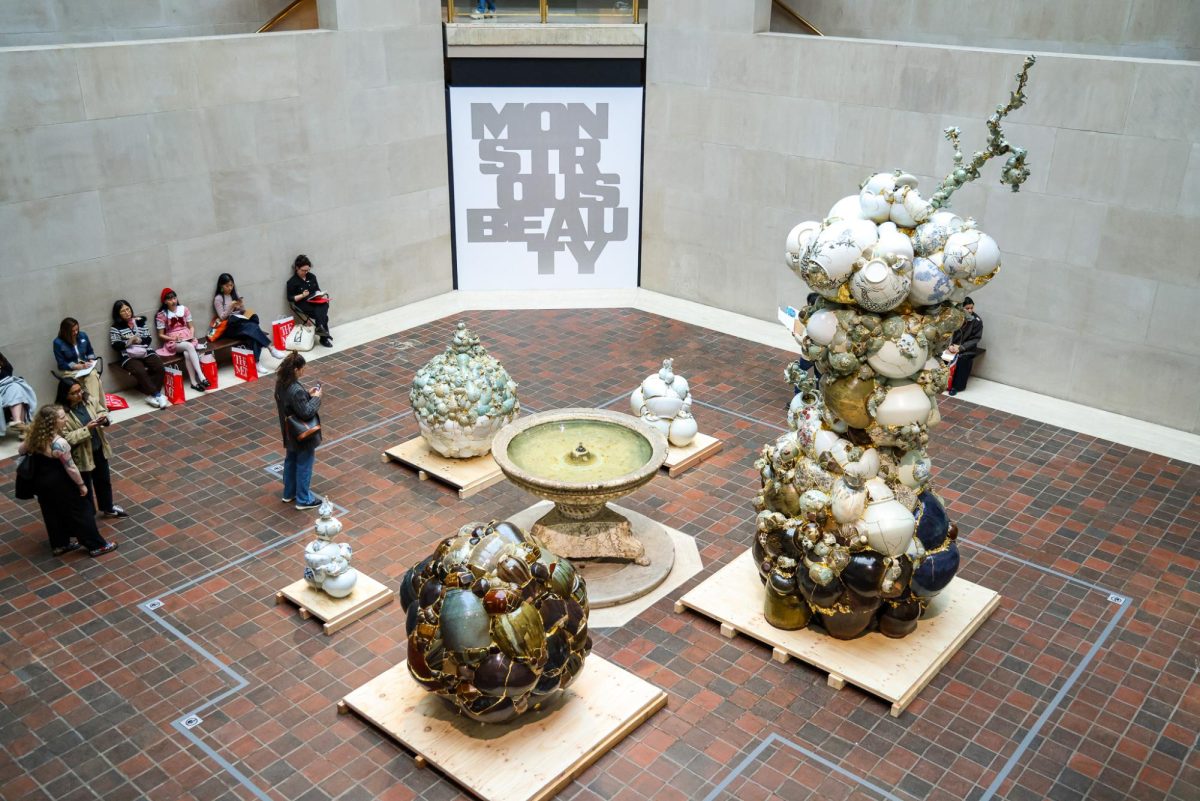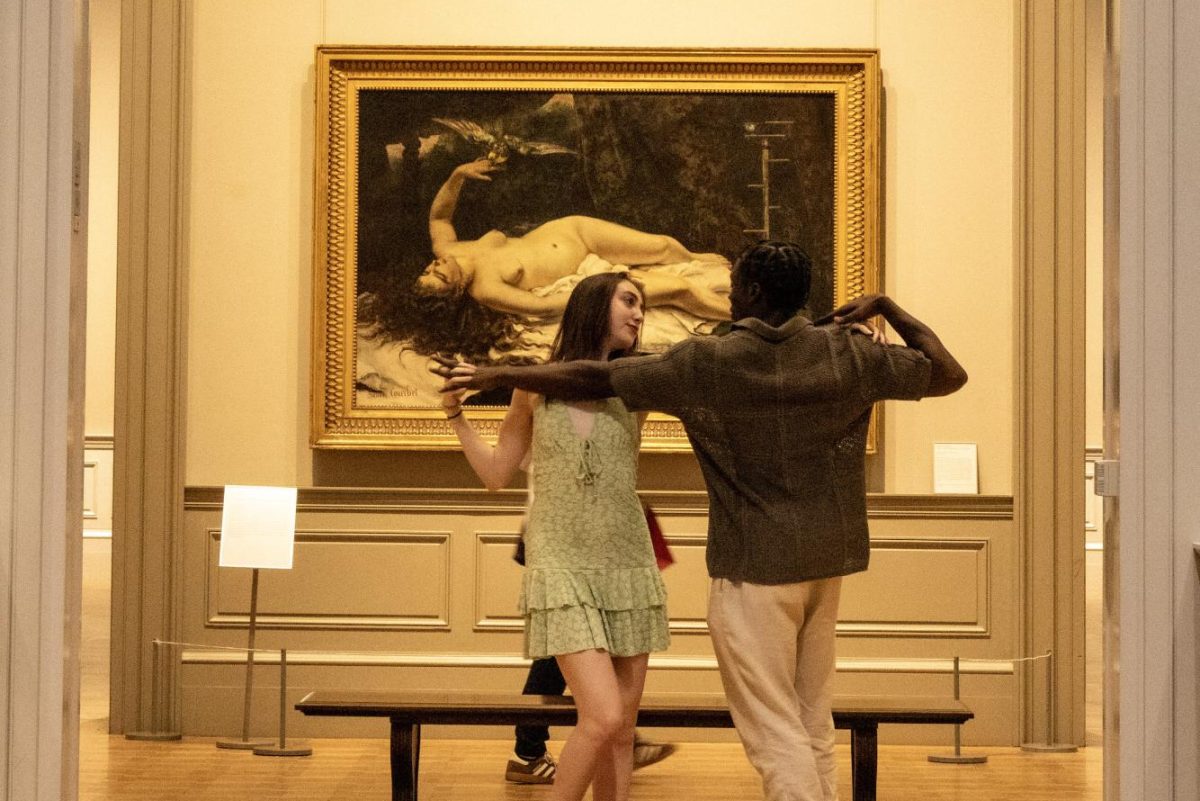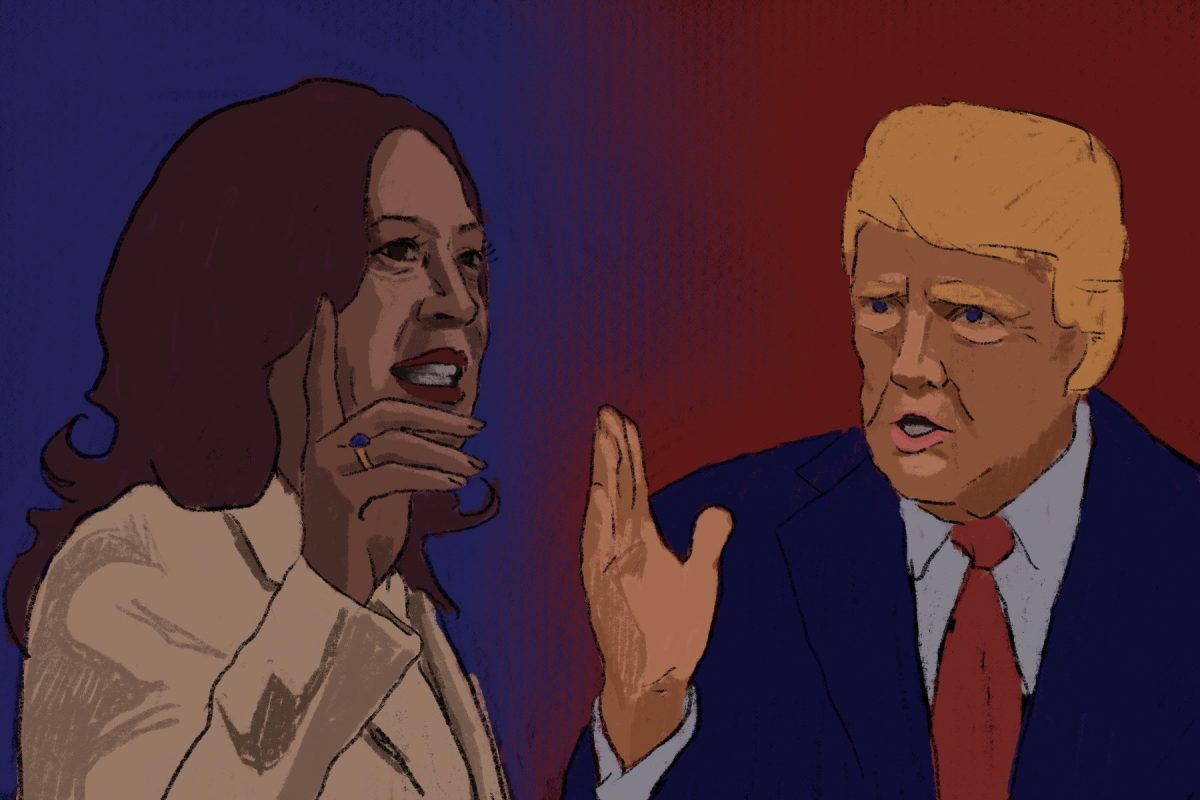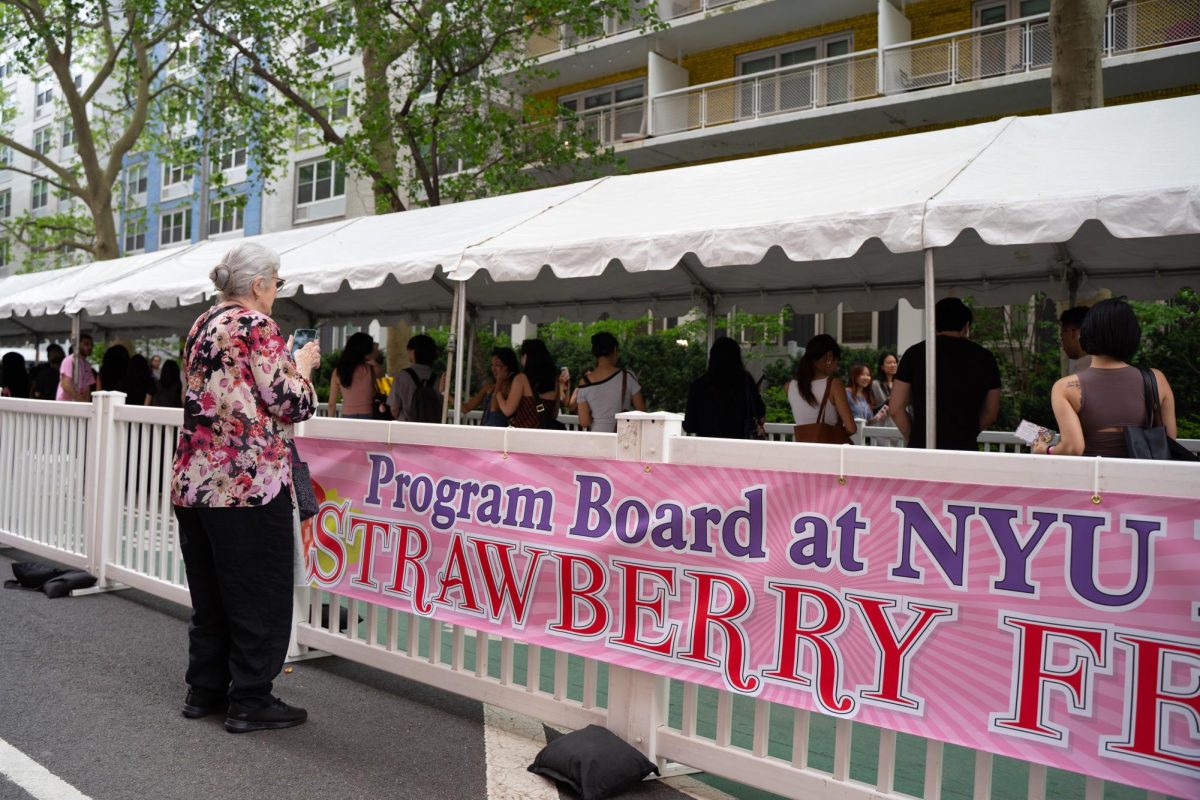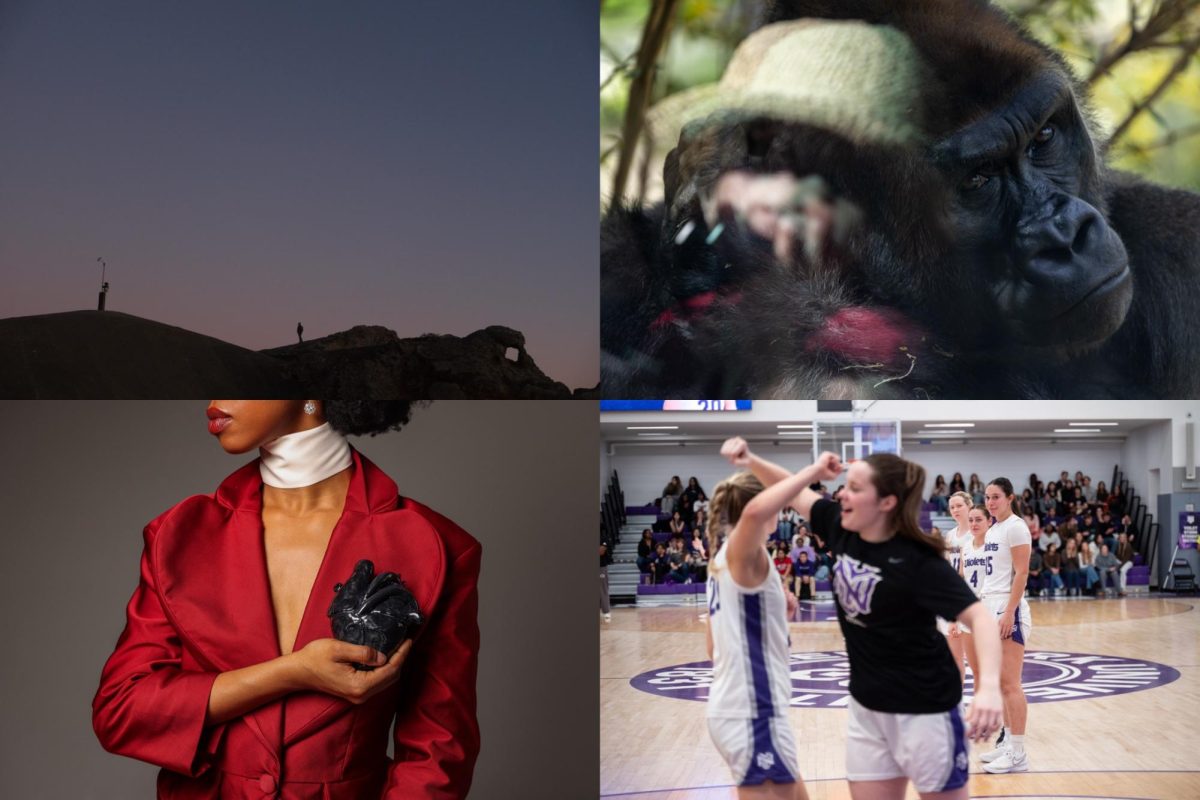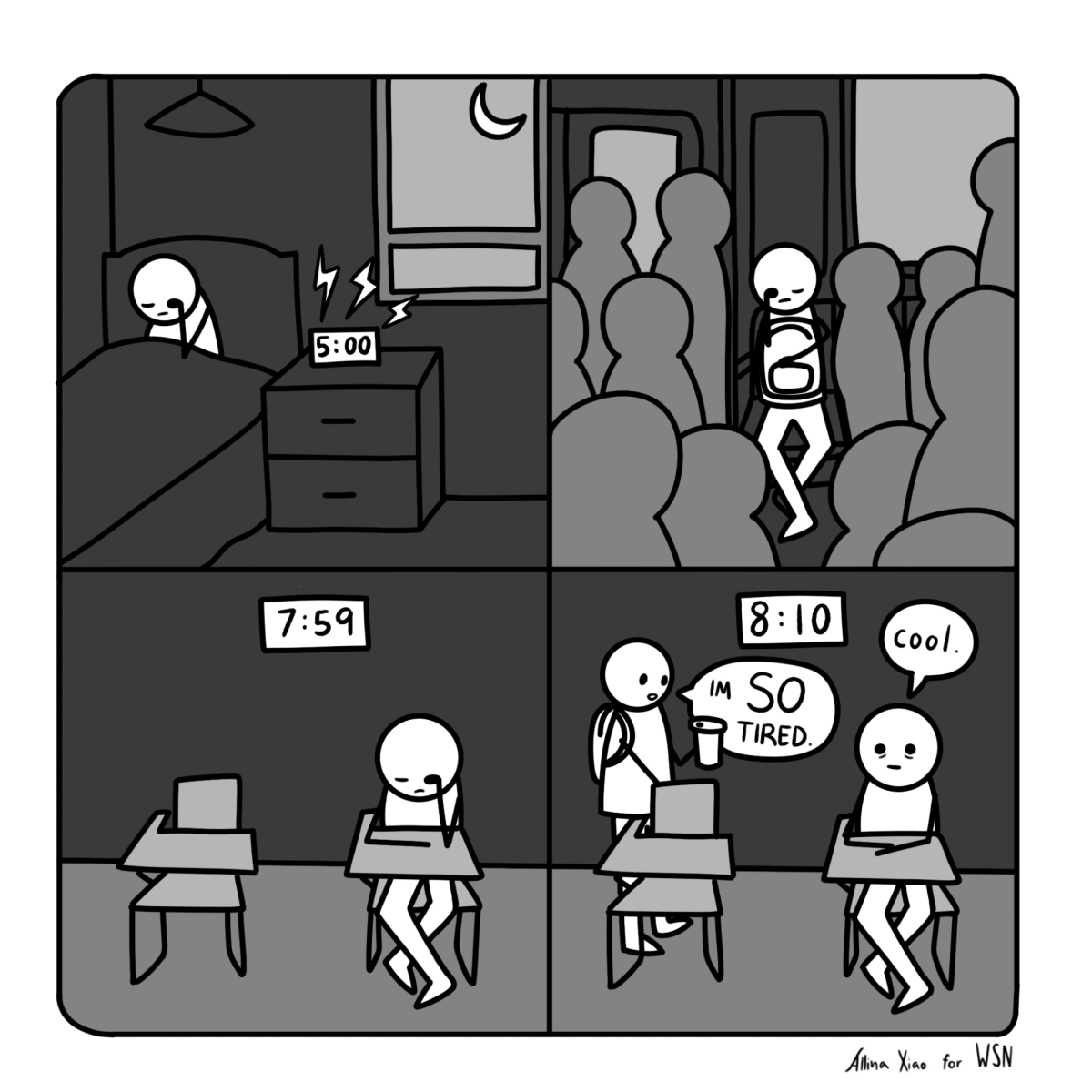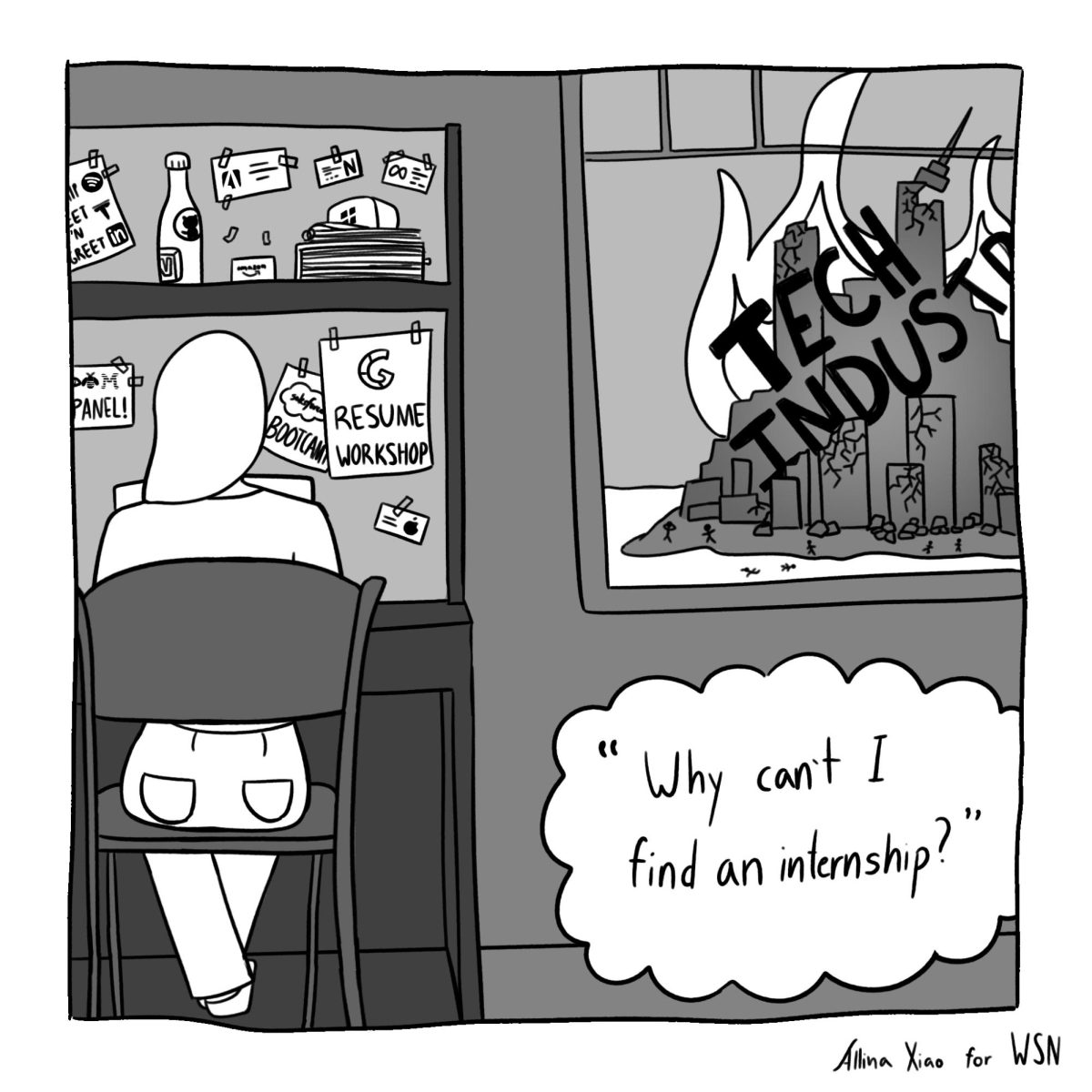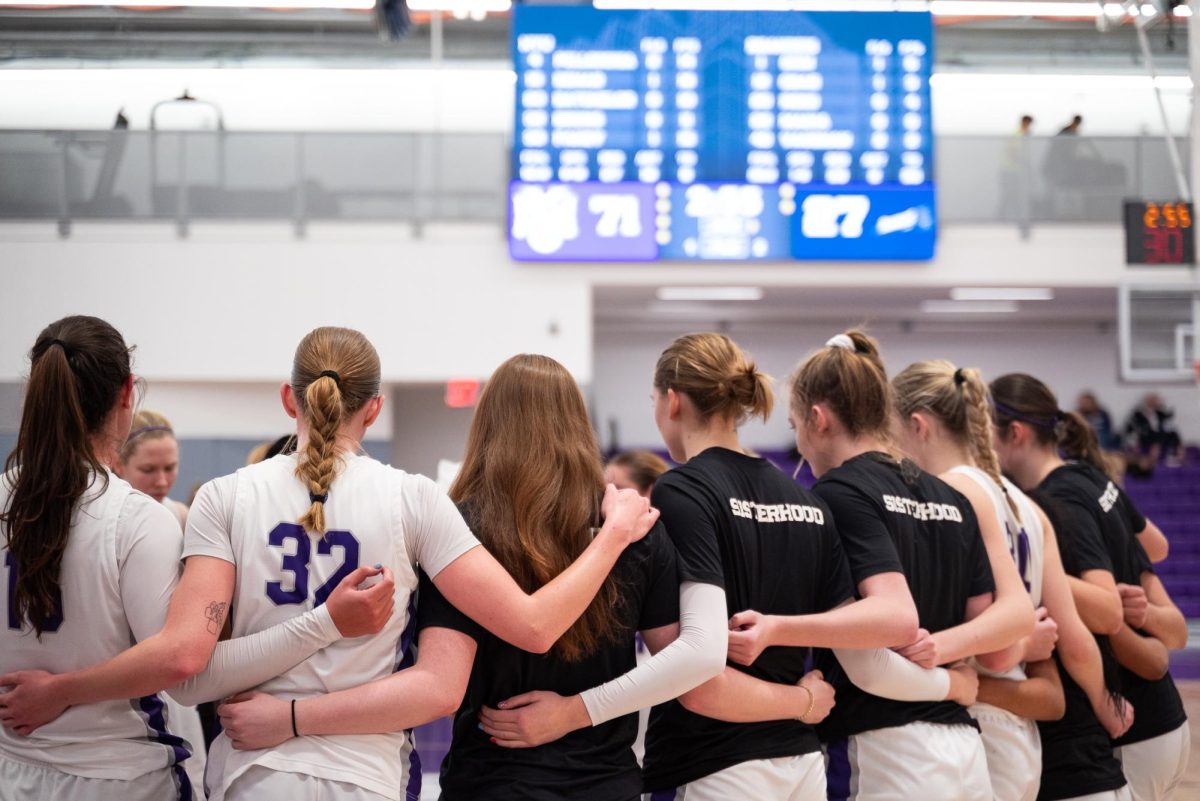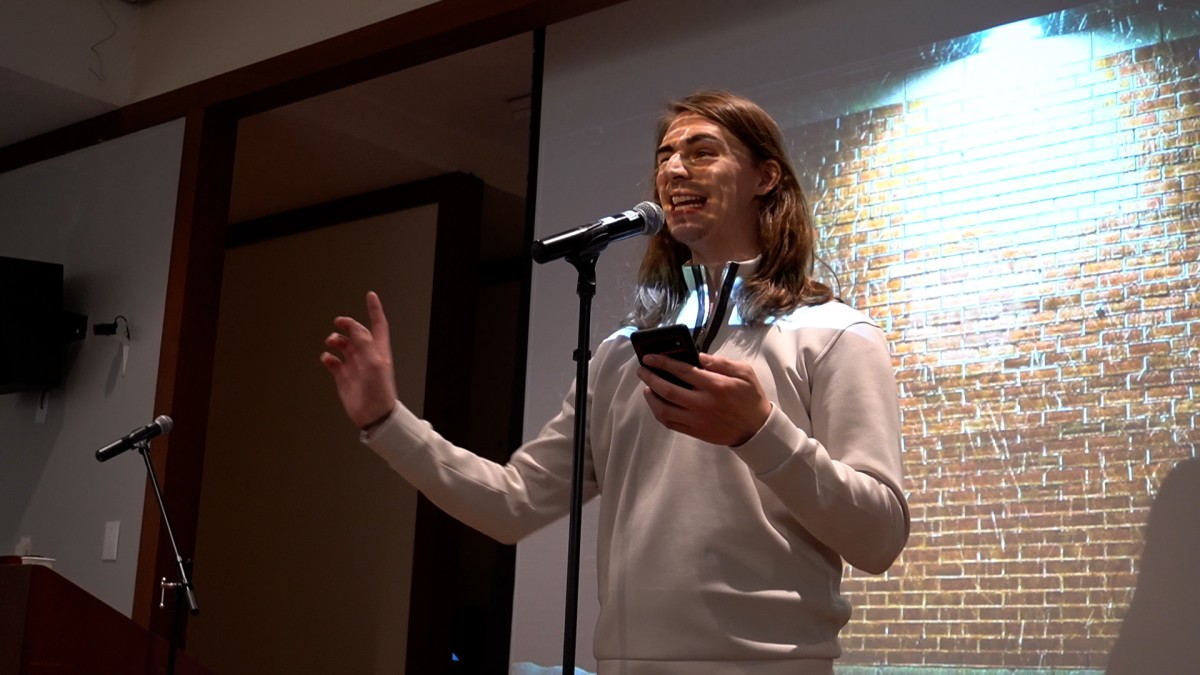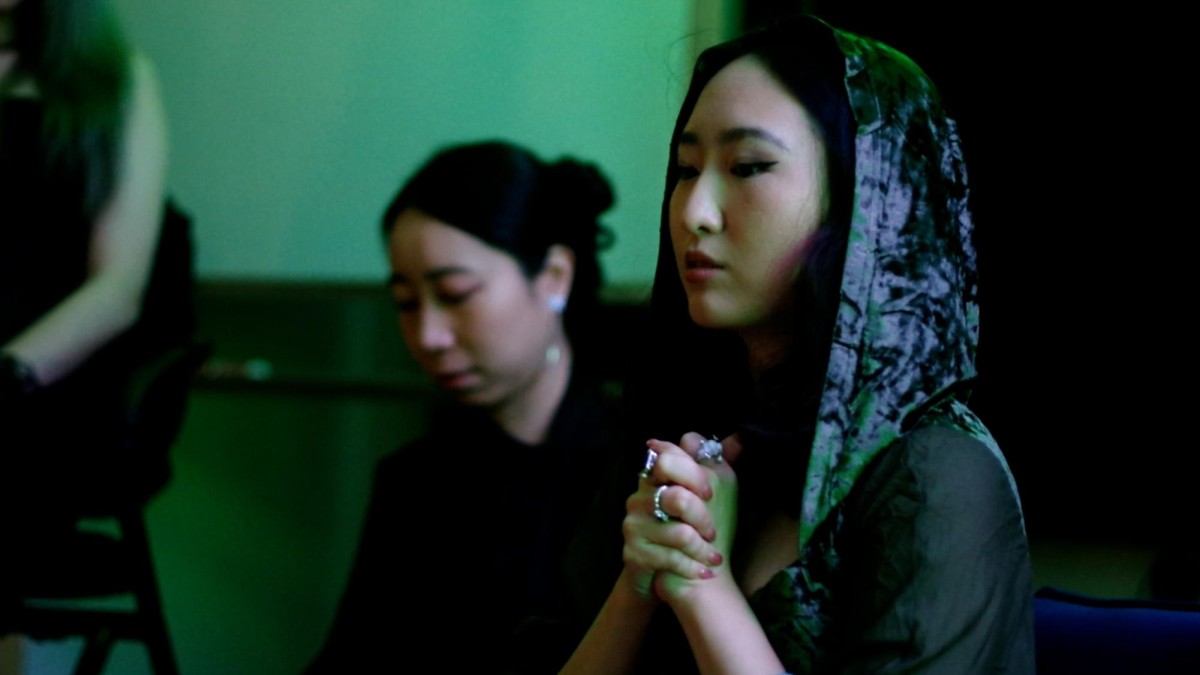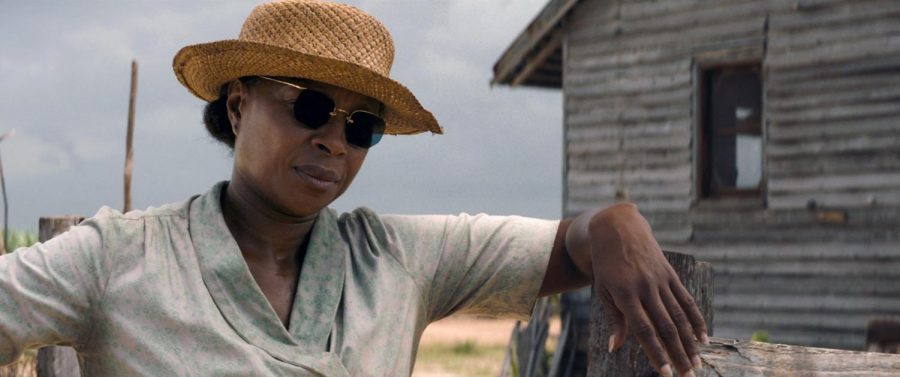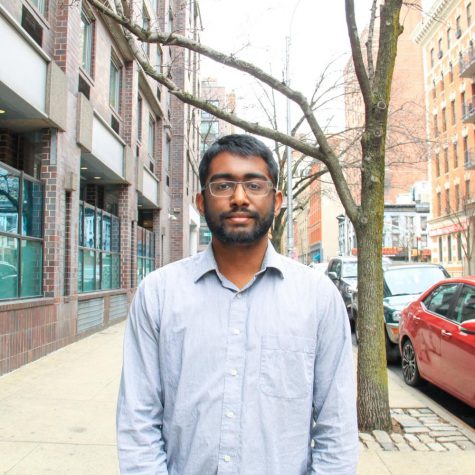Diversity: Hollywood’s Two-Way Street
April 5, 2018
The 90th Academy Awards was meant to be an extraordinary event for various reasons. This year’s ceremony was a milestone for Hollywood, with its unpredictable Best Picture race and notably diverse nominees. Film in 2017 seemed to represent the gradual shift in America’s culture amid the tumultuous period it is currently in.
Rachel Morrison (“Mudbound”) made headlines as the first woman to ever be nominated for cinematography; Dee Rees (“Mudbound”) was the first African-American woman to be nominated for Best Adapted Screenplay, and Jordan Peele (“Get Out”) was nominated for Best Original Screenplay and ultimately became the first black person to win.
Although the acting winners were all white, a bevy of black actors were spread out across acting categories. The steps the Academy of Motion Picture Arts and Sciences has taken to diversify its membership and its nominees are critical in a country that is dealing with a divisive political climate. It’s membership has seen a vast change in its racial and gender makeup in the past few years, as seen with the rise of #BlackLivesMatter and #MeToo.
While the 90th Academy Awards finally sported a few important firsts, the body is far from being as diverse and groundbreaking as it should to be in the modern age of cinema.
Following the nominations for the 87th Academy Awards, activist April Reign started the hashtag #OscarsSoWhite in response to an all-white slate of acting nominees and the lack of attention to civil rights drama “Selma” –– the only 2015 Best Picture nominee to have a black lead and female director. Reign’s campaign continued with momentum during the following year’s ceremony, where another all-white list brought her hashtag back and caused a serious uproar for change within the Academy.
The Academy reacted promptly, resulting in an “ambitious membership overhaul to diversify the voting body by race, gender, geography, and age,” according to an article in the New Yorker. The Academy is continuing to diversify its voting body –– made up of around seven to eight thousand industry professionals –– and as seen in the most recent Oscars, some positive results are already showing.
But the Oscars only make up a fraction of the problem. At the end of the day, it is the ultimate celebration of the best that film has to offer each year –– it’s improbable that the Academy will start nominating minorities only for the sake of nominating them. Additionally he implications of doing so would discredit the merit of the performers and the award itself.
The real change needs to come from within the heart of Hollywood itself — a type of systematic change that Reign is seeking. In an interview with CNN the day after the 90th Academy Awards, Reign gave her thoughts on whose responsibility it should be to ensure equal representation on the screen.
“The Academy can only nominate films that are made,” Reign said. “So it really depends on Hollywood filmmakers and those who have the ability to green-light films to step out of their comfort zone and allow more people from marginalized communities to tell their stories.”
For the film industry to really progress in terms of diversity and racial equality, where all communities are represented, change must start in the studios, not with the nominations. Ryan Coogler’s “Black Panther” is evidence of this fact. It is the first black superhero film of the modern comic book era and has become the fifth highest grossing domestic release of all time, topping both “Avengers” films in North America.
“But ‘Black Panther’s’ impact goes beyond the bottom line — it’s also beloved by critics and cinematic proof that a black director with an all-black, gender-balanced cast can captivate audiences,” Wired writer Jason Parham said. “It’s a triumph that tests a complex thesis: that major studios will now entrust directors of color with mega-budgeted, franchise-worthy films.”
When the screen finally celebrates and embraces a community, it is obvious that audiences of all races will come out in droves to support the film. When more diverse films are being made, only then can awards shows also become more diverse. It is not just about filling a quota, but continuously changing the landscape of the industry itself.
The same can be said for Reign’s “Oscars So White” campaign. Due to the activist’s efforts, the campaign has “since become ground zero for conversations around cultural inclusion as they relate to so-called creative institutions.”
Art is often seen as a direct reflection of our culture. But it is a two-way relationship: our culture reinforces popular images, moments and figures seen in art. #OscarsSoWhite presents a wake-up call for studios, not just the Academy, to broaden their views of who and what makes up Hollywood and the need for more people of color to be in front of and behind the camera, sharing their stories and perspectives with the rest of the world.
A version of this article appeared in the Thursday, April 5 print edition. Email Guru Ramanathan at [email protected].

